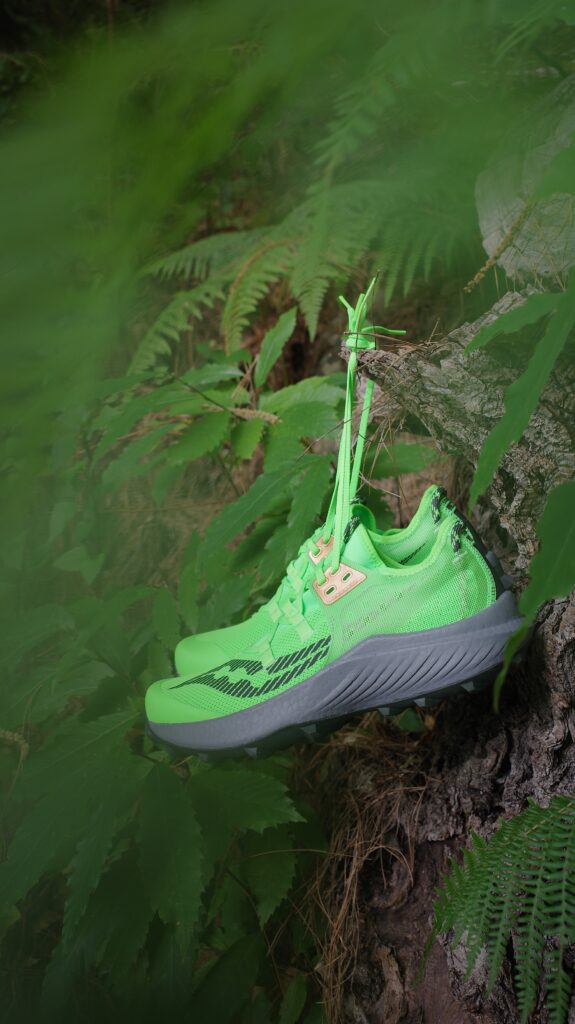
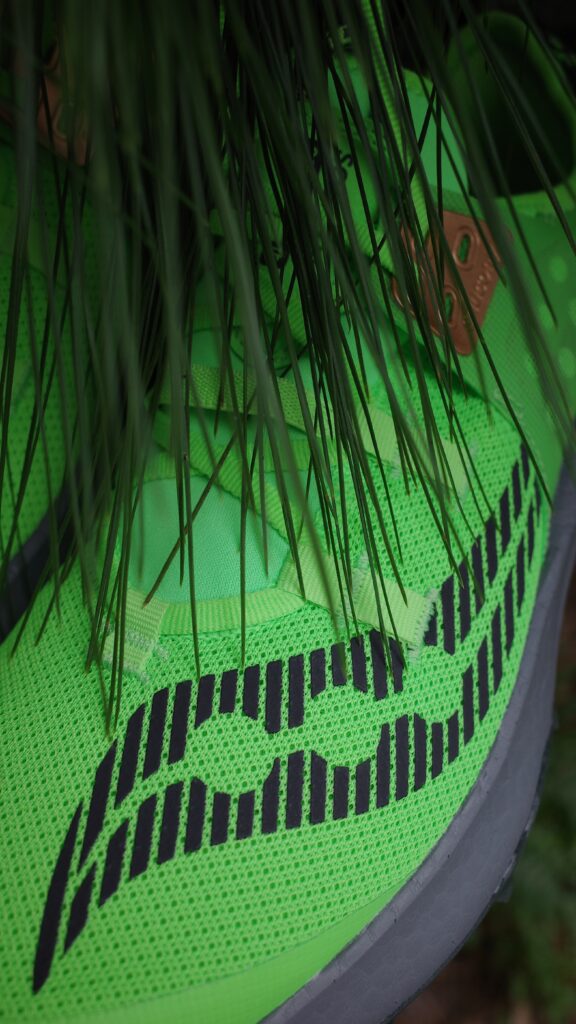
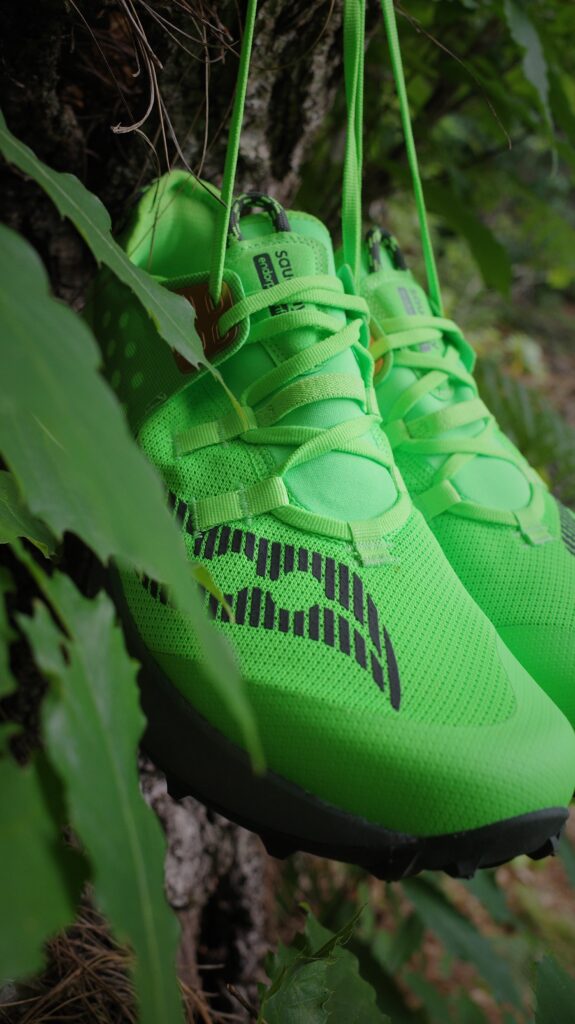
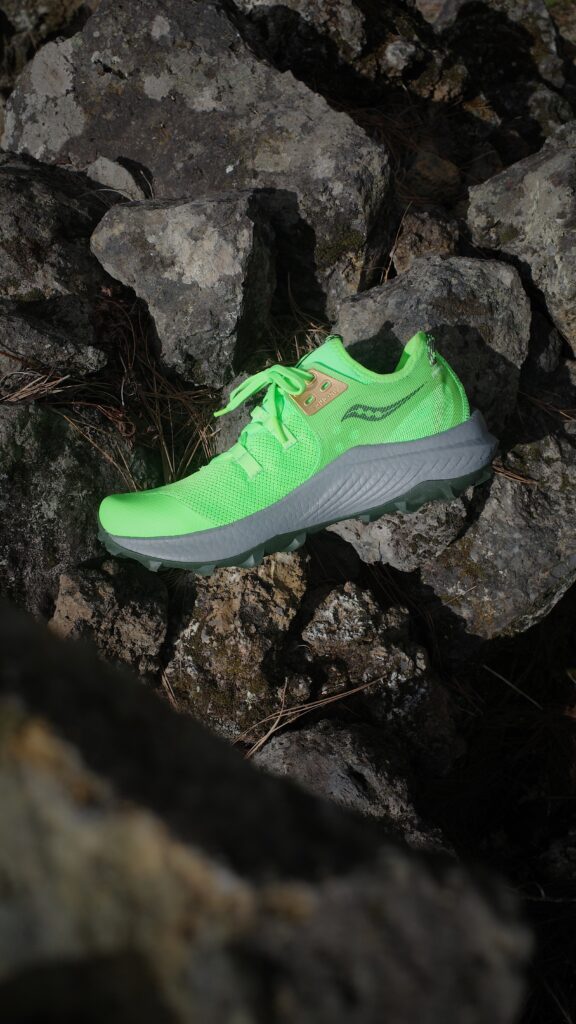
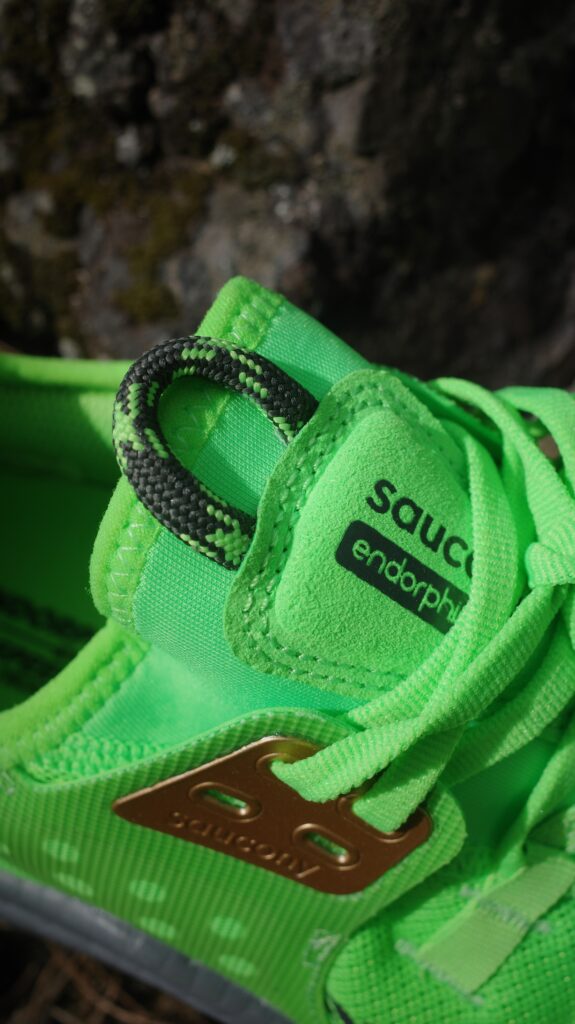
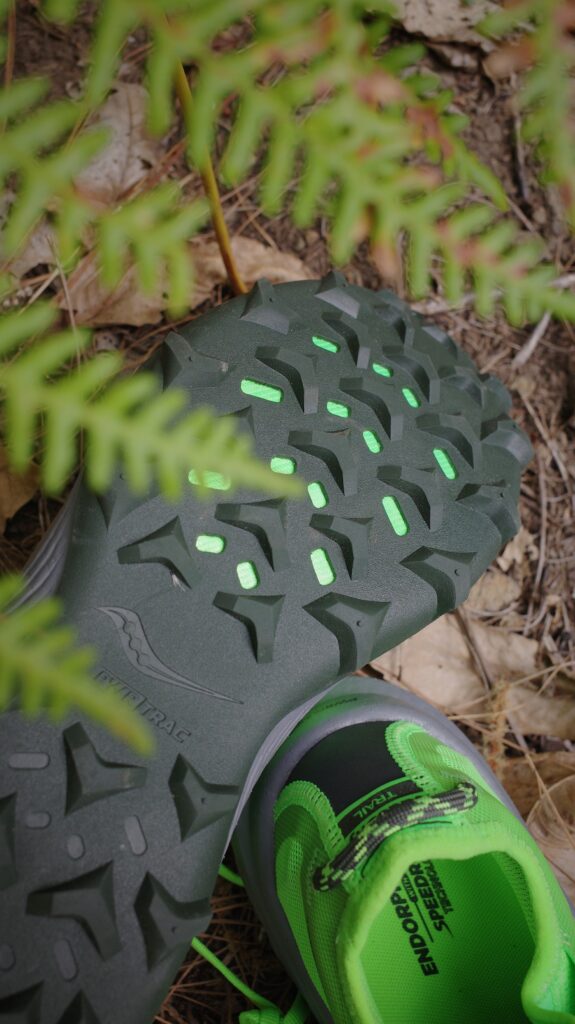
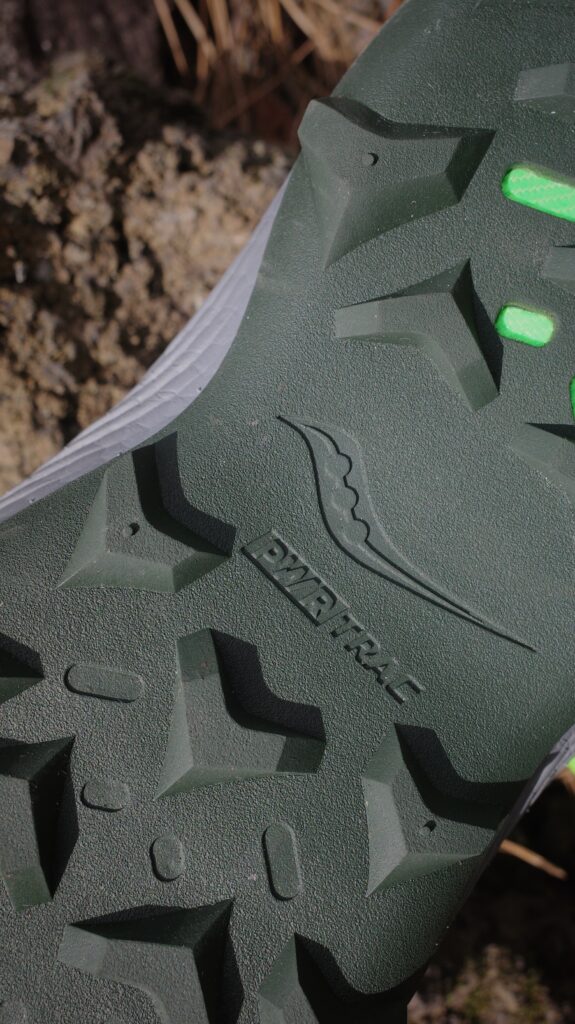
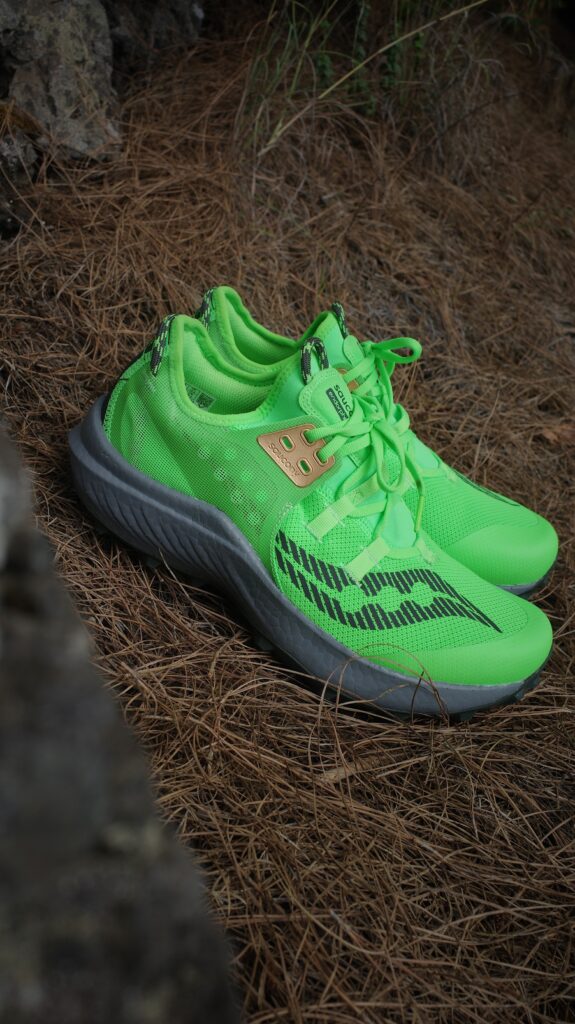
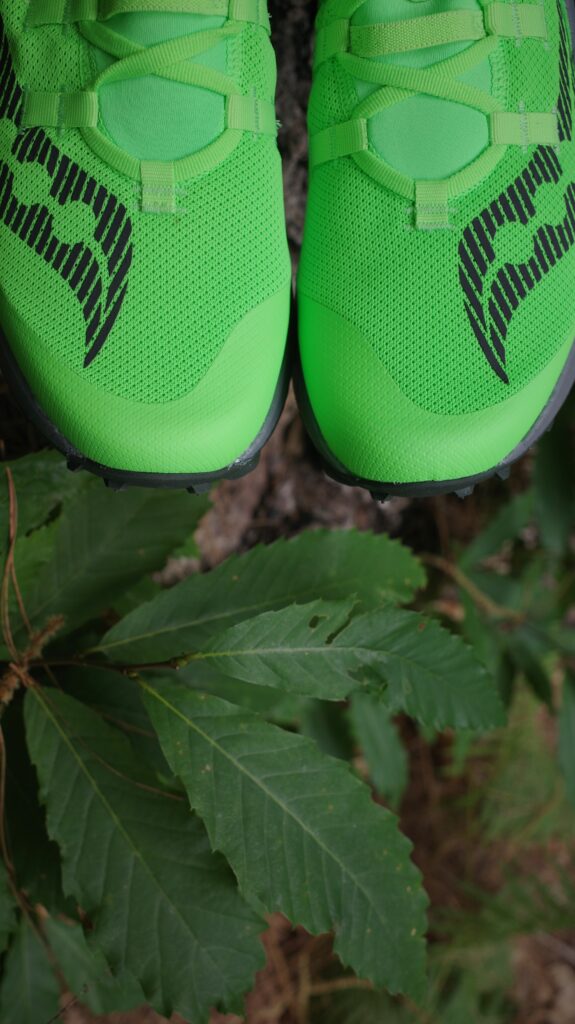
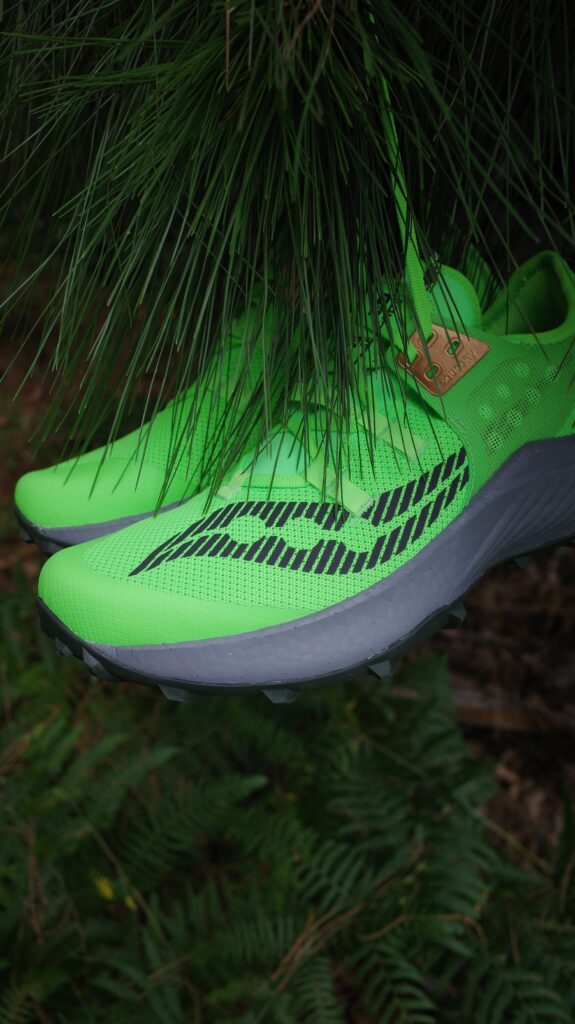
Tune of the day: dBridge presents Exit Records (The Aptitude Show)










Tune of the day: dBridge presents Exit Records (The Aptitude Show)
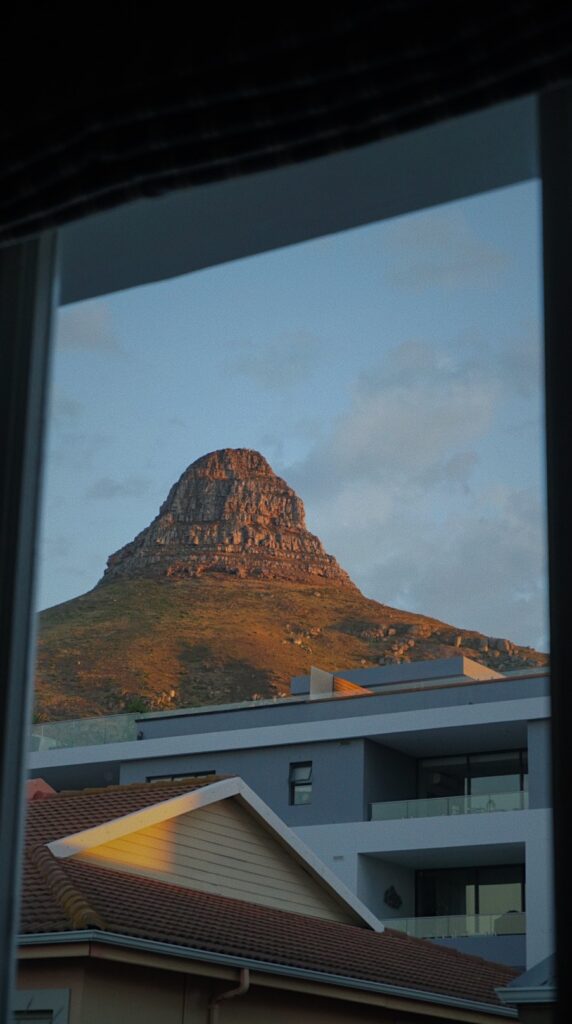
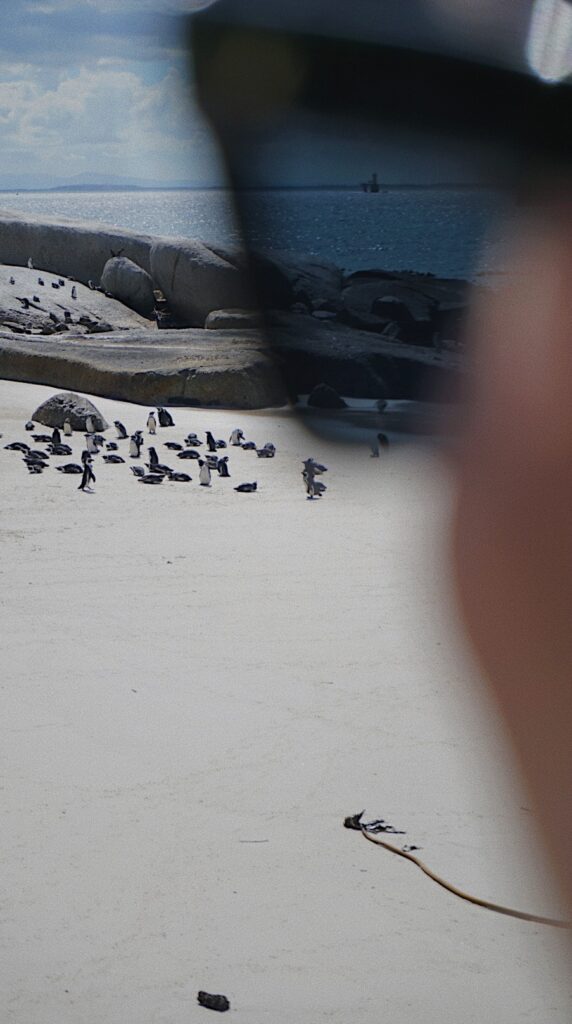
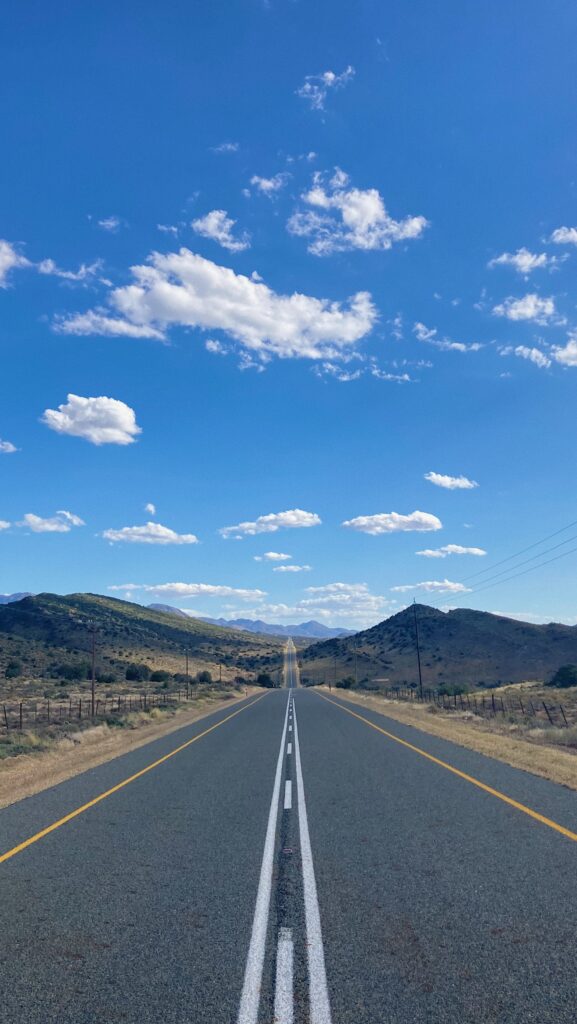
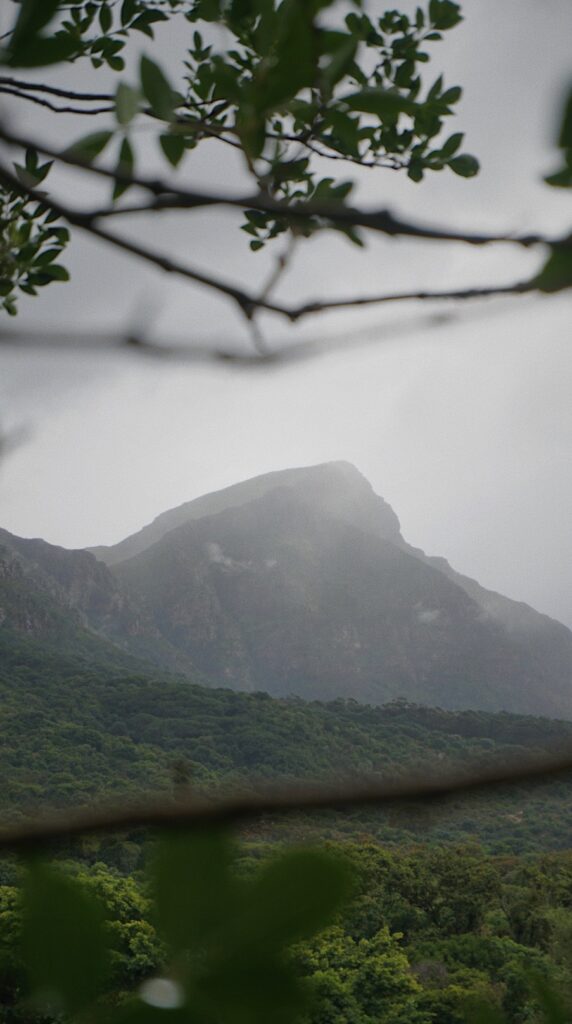
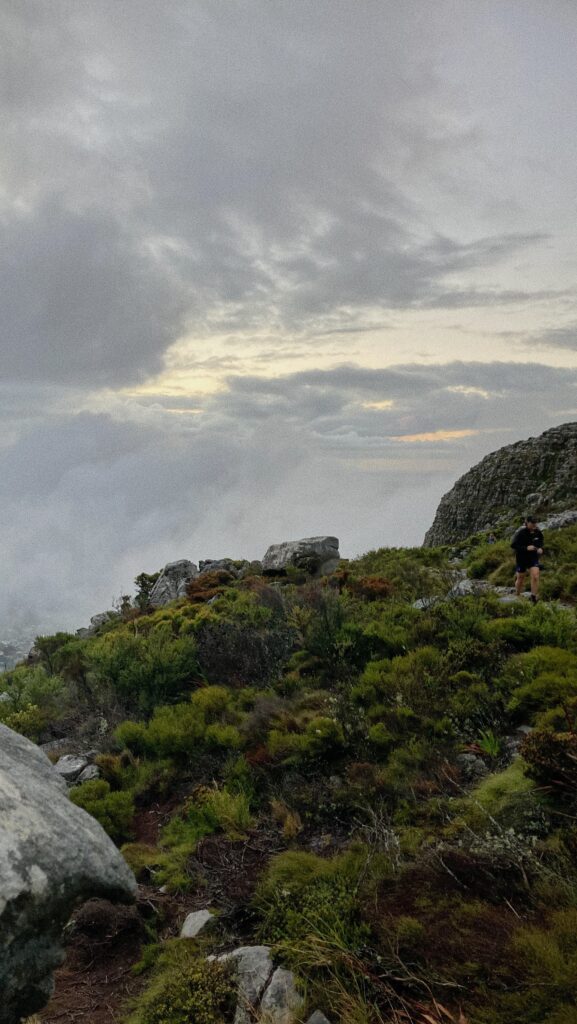
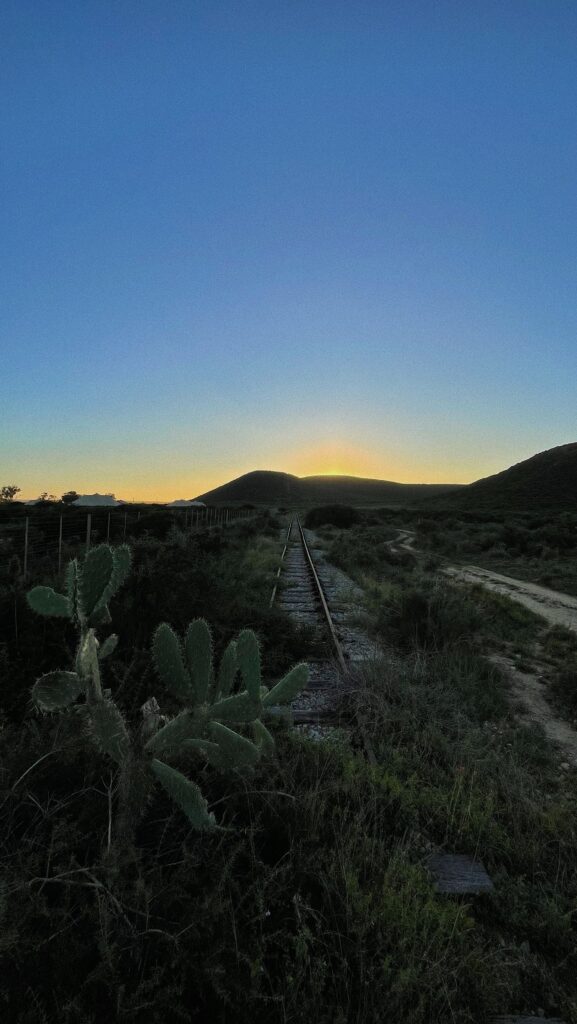
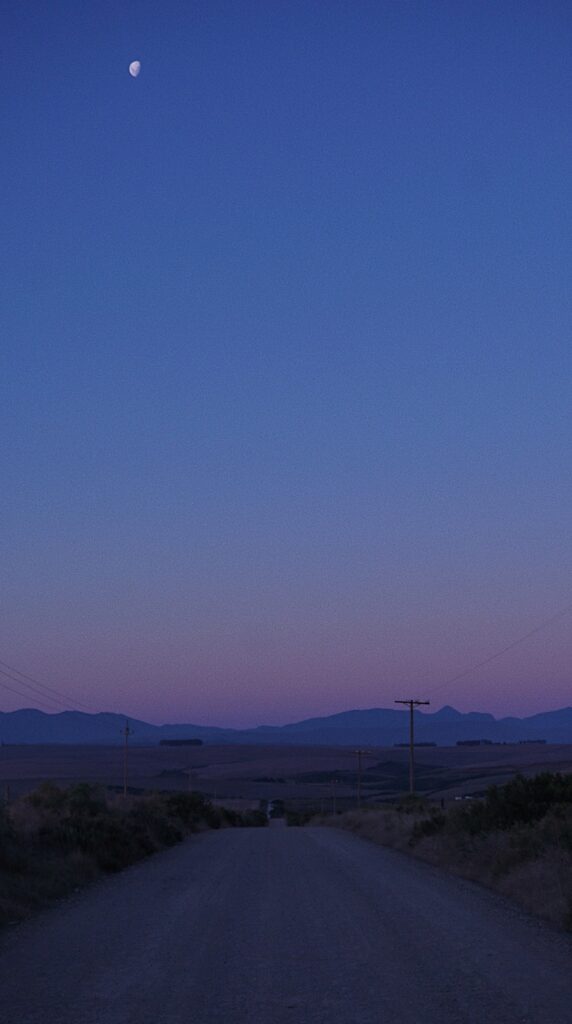
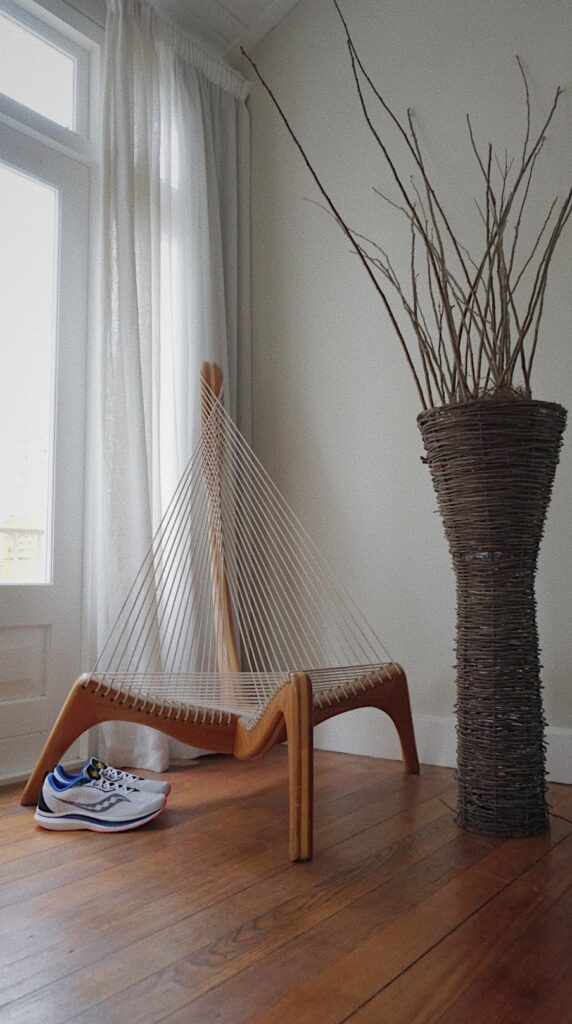
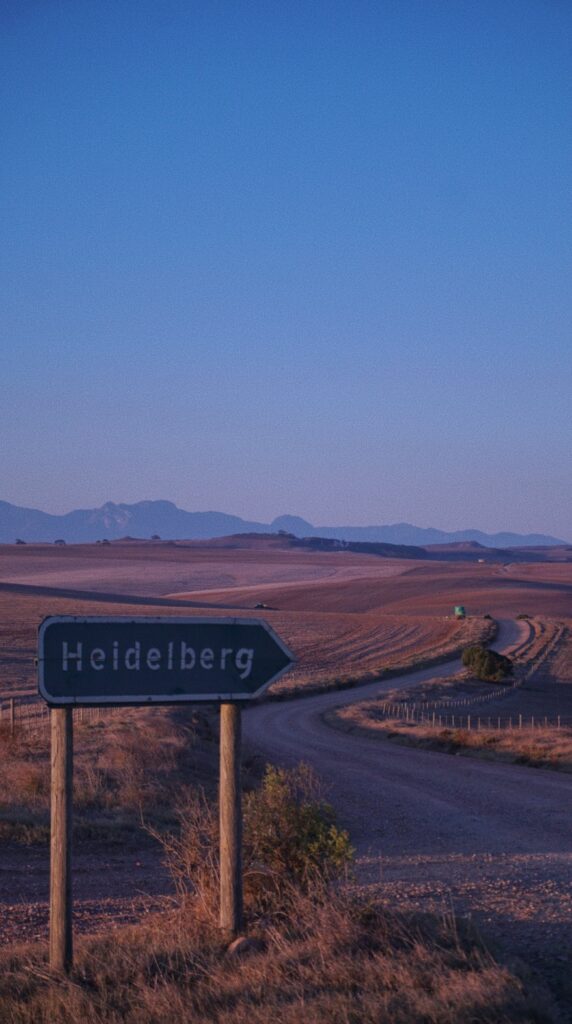

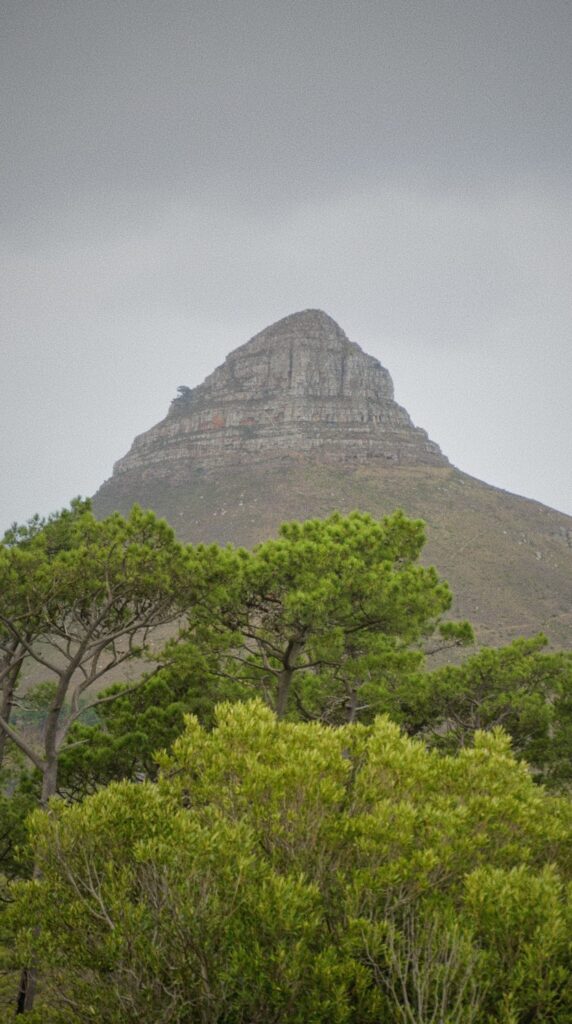
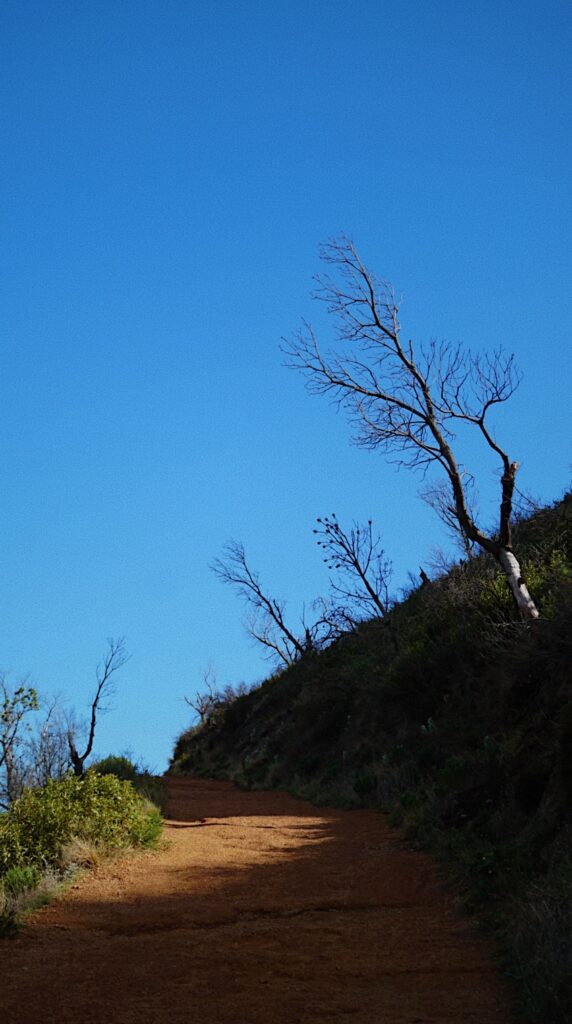
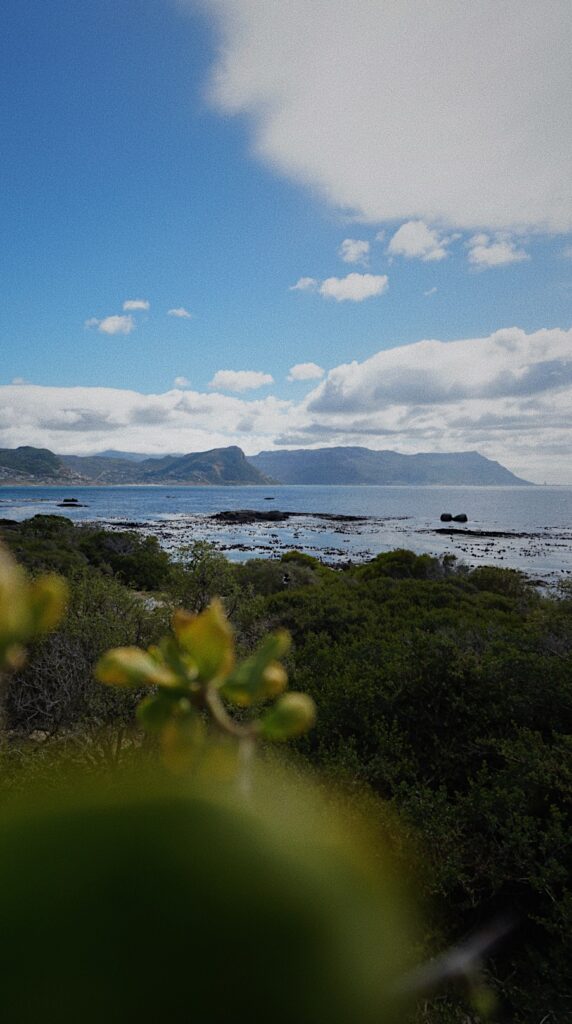
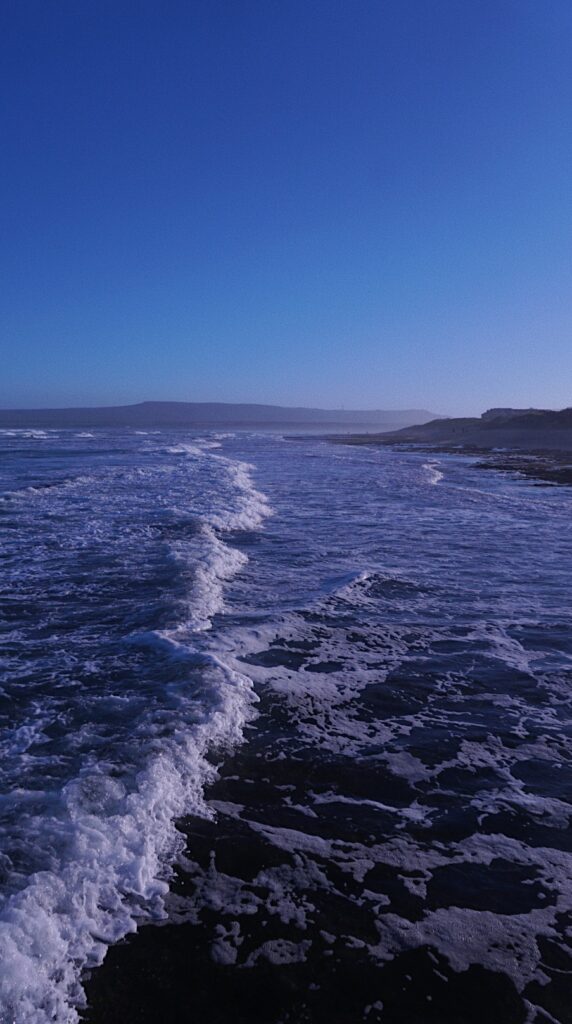
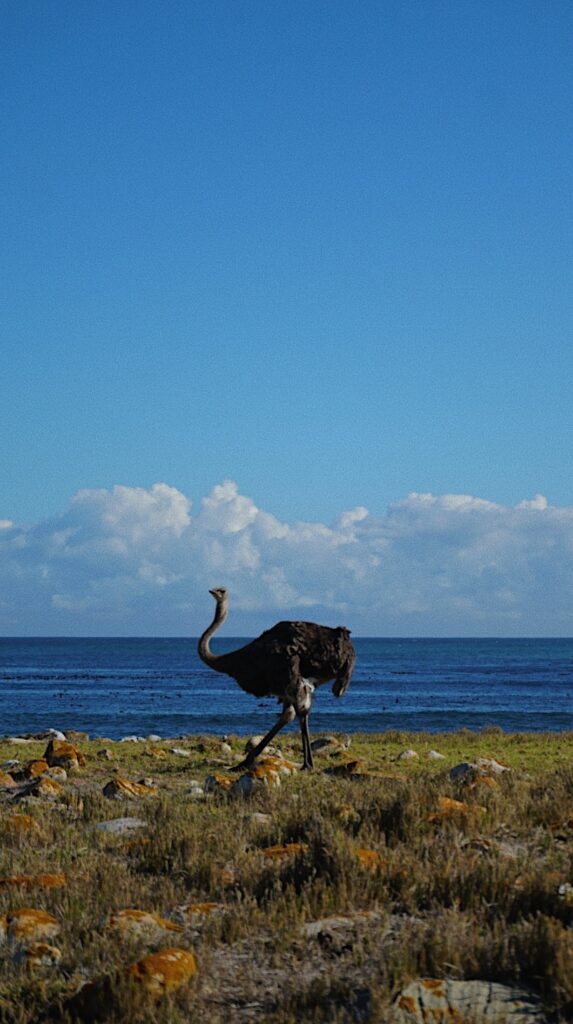
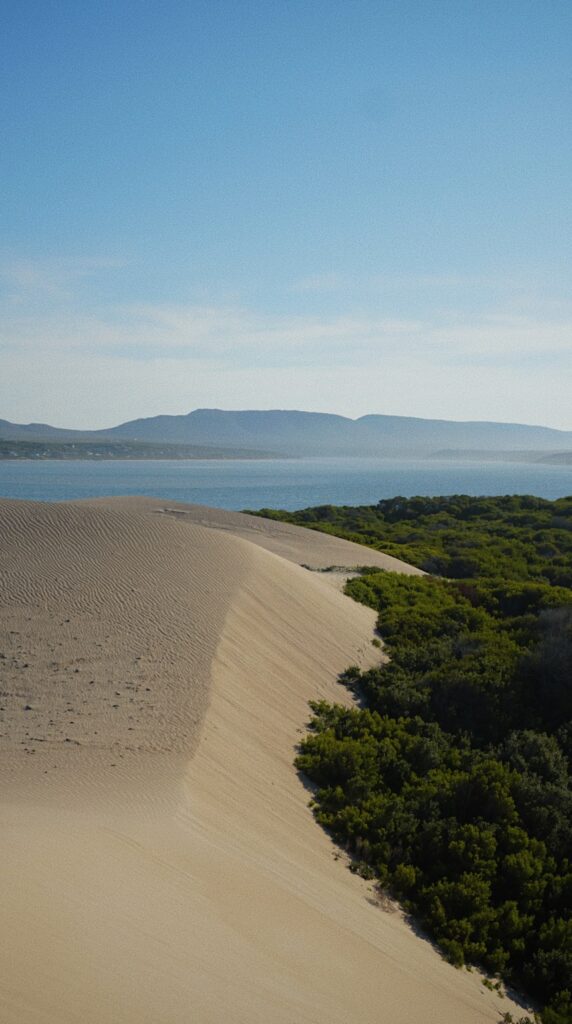
Together with my family I spend the good part of April in South Africa. What a trip it has been.
While swimming in the ocean, the apparent question hit me: How tall is the highest point of this islet?
It didn’t take a long time to find out that the Pico de la Zarza is the main peak that Fuerteventura has to offer. With an altitude of 807 meters this appeared to be the plausible center of a day long sea to summit exploit. After a quick google search, a proper planning session began. Heading out from our home base, Playitas, it was a 50 Kilometer bike ride along the coastline to reach the trail head that lead up to the mountain top, just above Solana Matorral. As soon as we found a bike shop that wanted to store our bikes for the time of the run, we were set to go. And properly hyped!
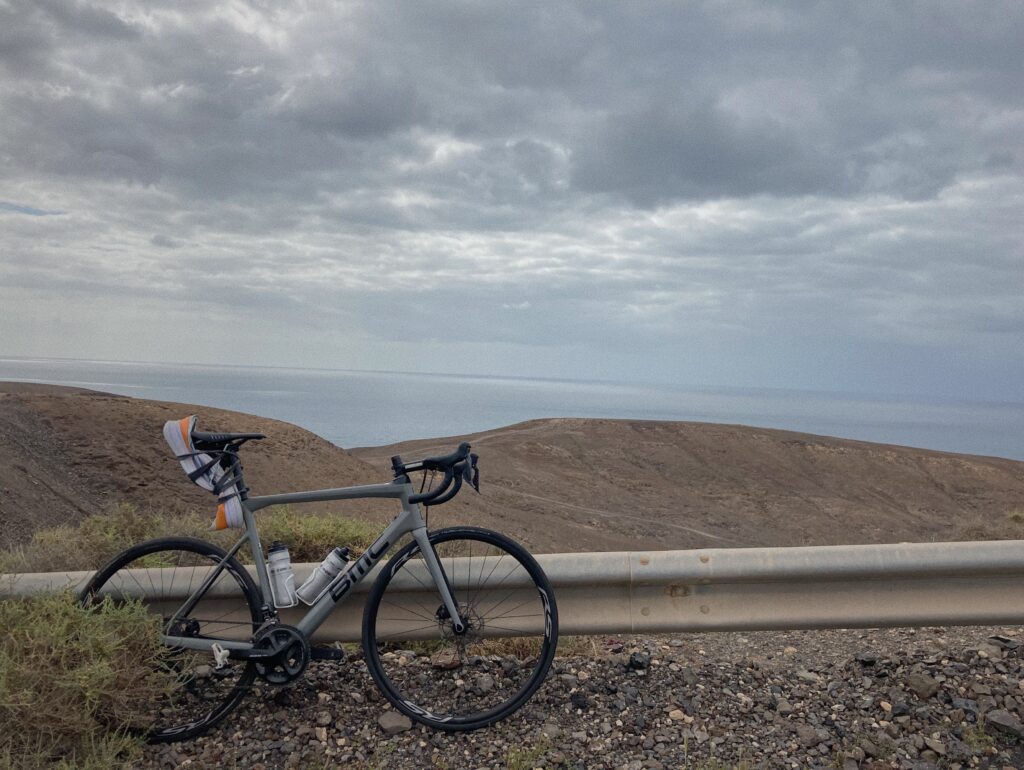
The aim was to travel as light as possible. That meant for me that I planned to run in my bike outfit. The bulkiest chunk of the needed gear were the running shoes. The easiest and safest form to travel with them turned out to be a meek fix on the rear side of the saddle frame. Some old bike inner tubes out of the bike rental trash bin and the actual shoelaces turned out to be the finest and safest combination. Our little DIY packing system turned out flawless and the quest was on.
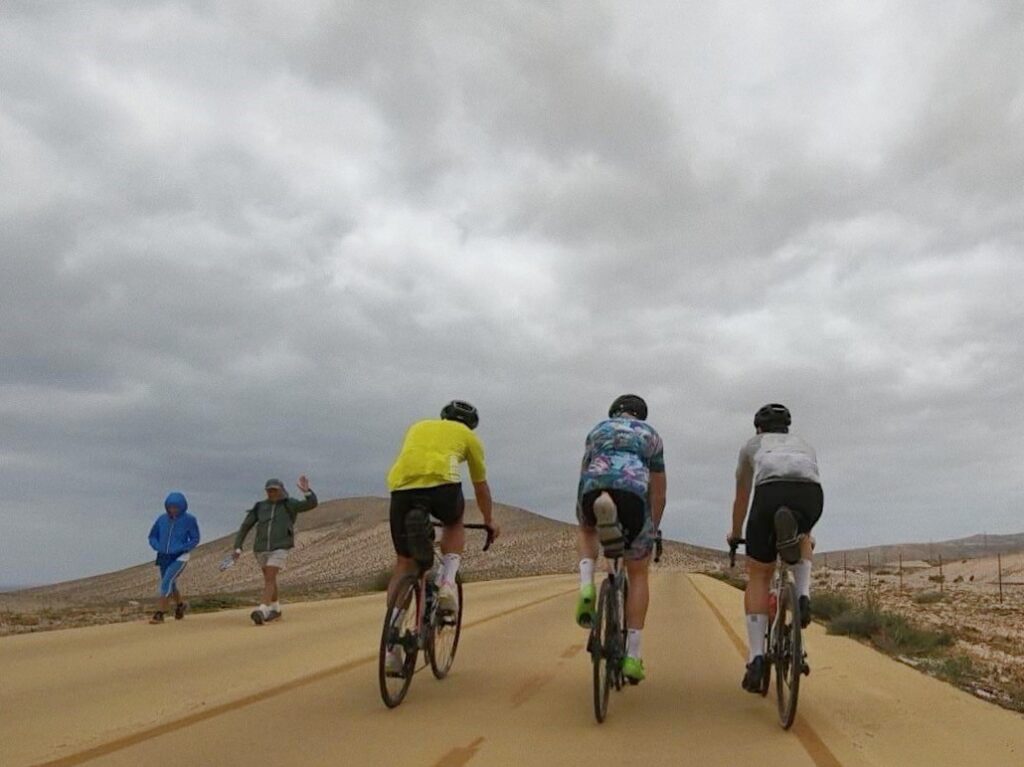
As the name suggest, winds on Fuerteventura are quite solid. A strong NE breeze (28 km/h) meant that we had the gales in our favor for the first part of the trip down south. We set of to make it before the bike shop shut down for siesta. Besides a simple puncture, the ride was uneventful, and we literally surfed down the shoreline. After we changed at the bike shop and stowed all our needless goods, the run was on. We treated us to a quick espresso at the local bar and then attempted the scramble straight by the beach. The Strava segment teached us that an average of 10% climbing was waiting for us on the 8 Kilometer uphill.

Running off the bike is never easy and it took a bit to get into the groove of running. The sharp uphill at the beginning didn’t really help but the clear views to the top made everyone excited about what was ahead of us. We spread out a bit and appreciated the incredible views of the neighboring vales and the mountains. A stony dirt path led us up the mountain and took its toll. Lucky enough the weather was on our side as the sun was not beaming in full effect. We jogged on as the track got more technical and the top closer and closer.
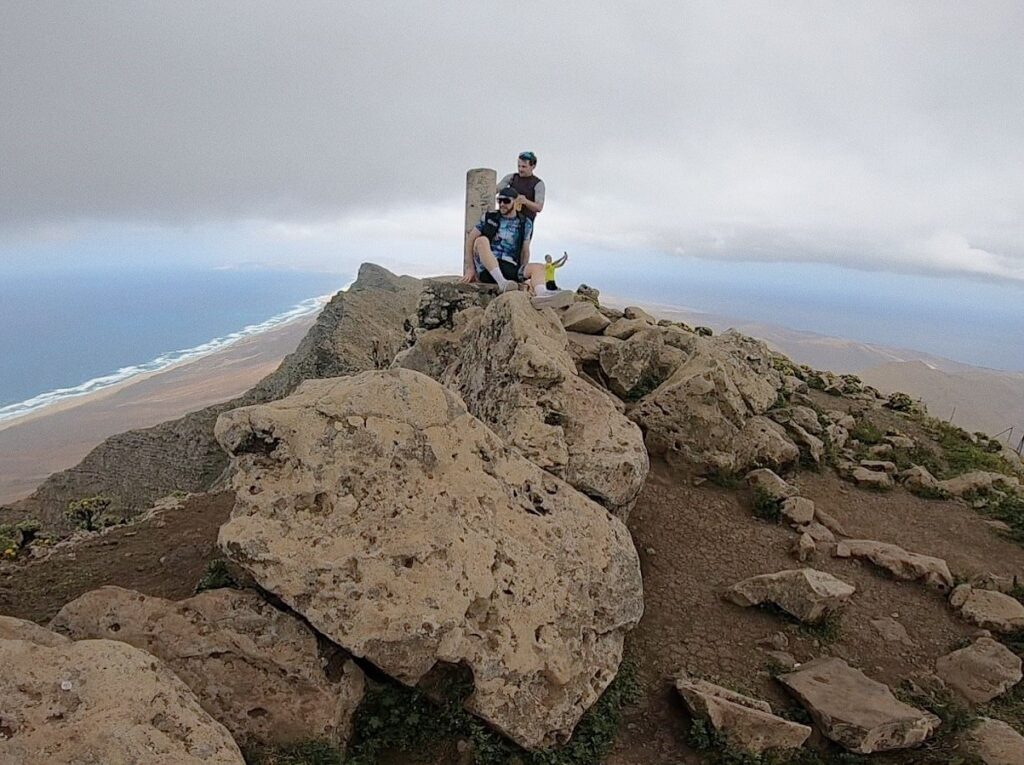
The diversity of the run and the final technical and precipitous part paid of as soon as we figured out that we hit the very top. What was lying in front of us was a remarkable view of the isolated and less inhabited east coast of the Island. An incredible backdrop with an enormous clip just right in front of our dizzy eyes. The scenery blew us away. I didn’t know what to expect but what we saw was just stunning. We stayed at the top for a while and then gradually made our way back down to the shore where we replenished properly at the local Burger King before altering back to the bikes.
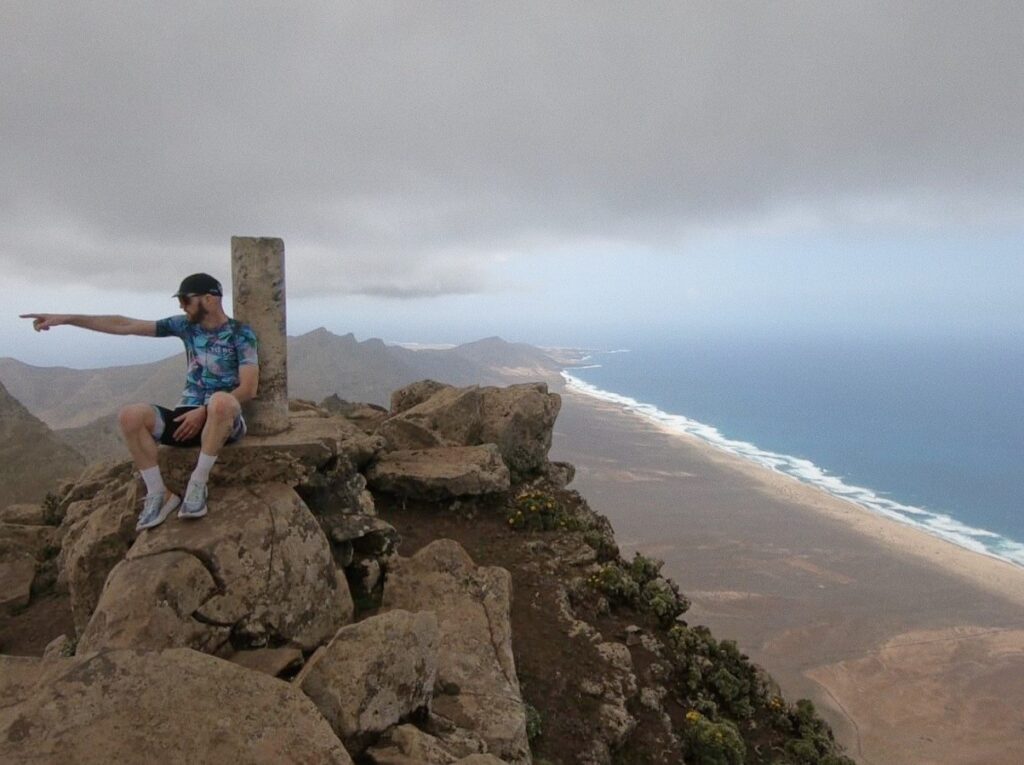
As we left the bike store, we felt instantly what we already knew was waiting for us. Wind from the front. Strong wind from the front. As we tackled a rolling 50 kilometers back home, we knew we are in for some suffering. And hell, we hurt. But the enjoyable thing with happenings like this is that once it’s over, the simple enjoyment is very hard to beat. As soon as we hit the bike path back to Playitas the spirit was high as we perceived the sun going down behind the mountains. The last day of our little training camp was precisely the epic one we were hoping for.
Tune of the day: Moderator – Midnight Madness
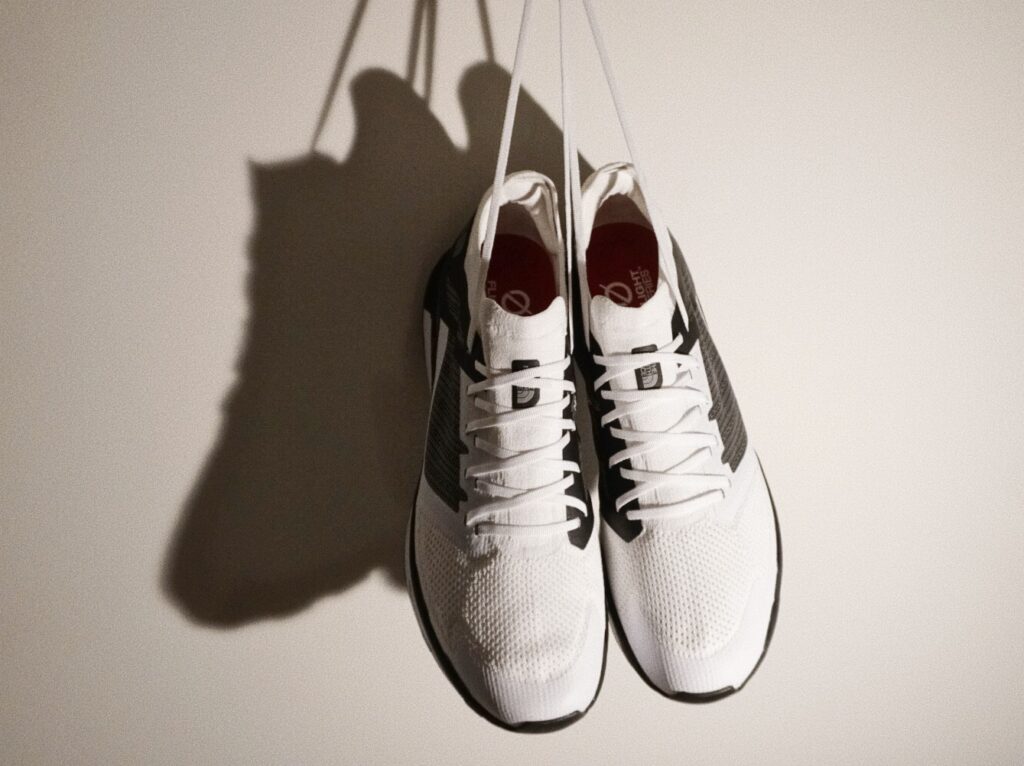
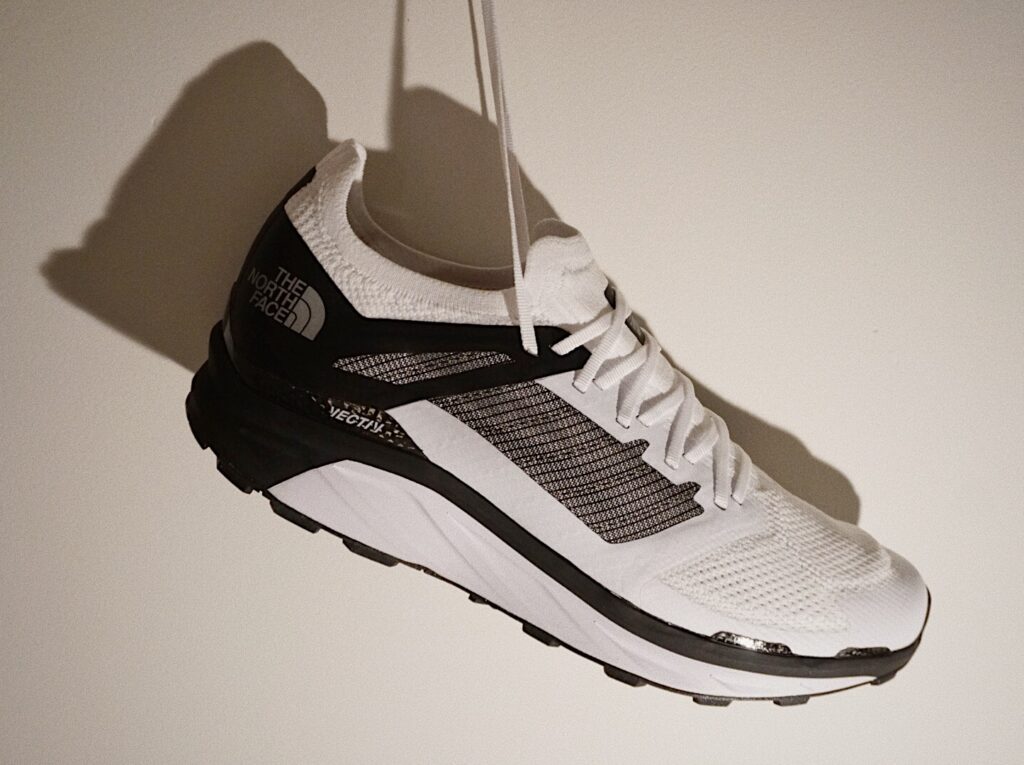
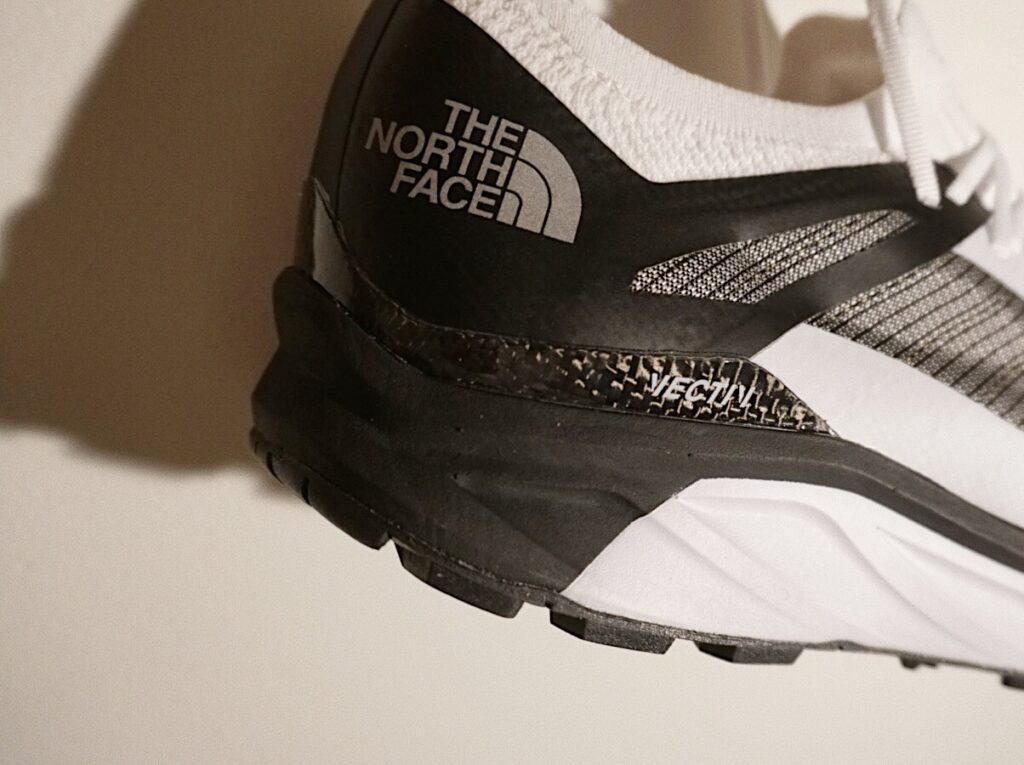
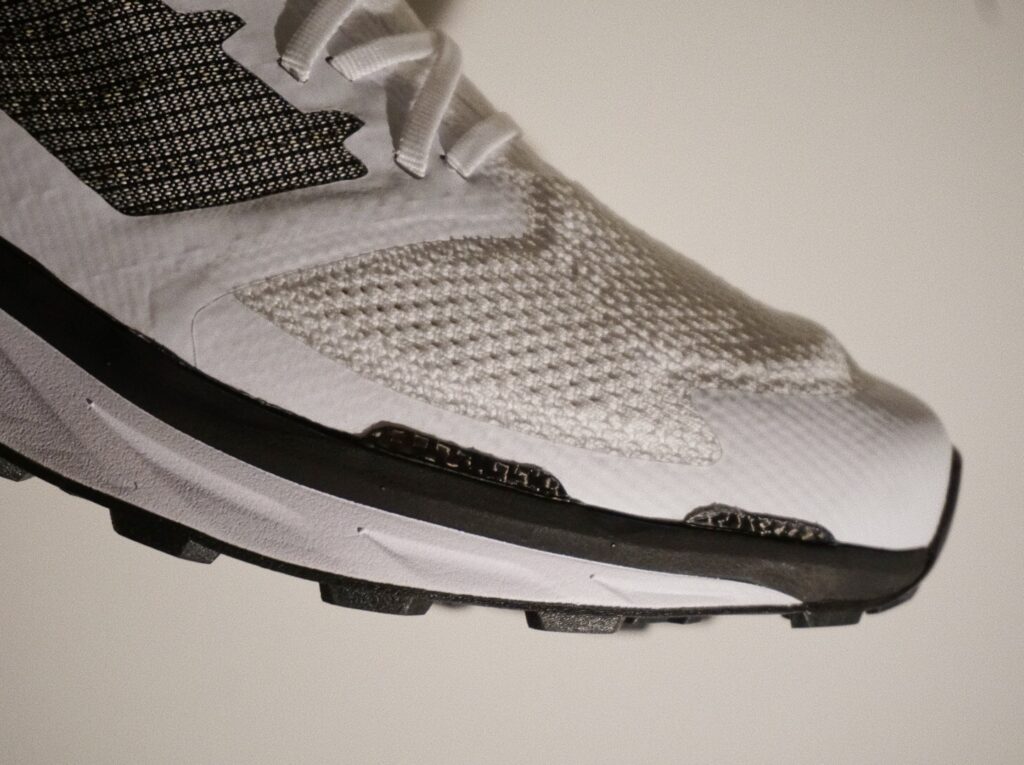
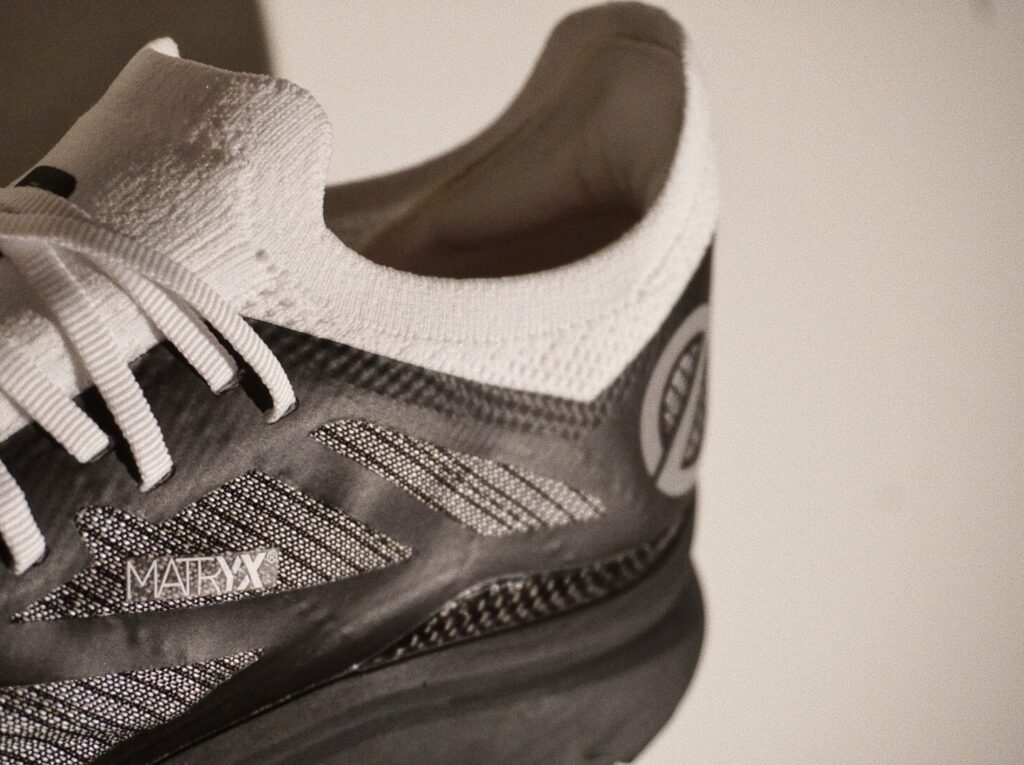
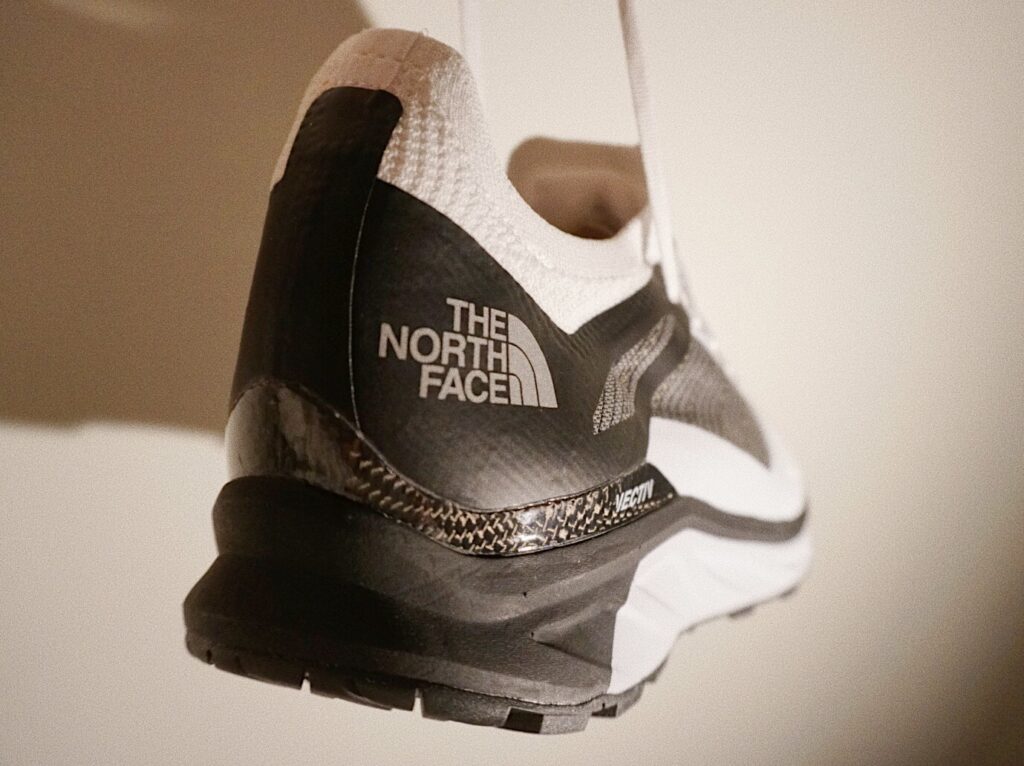
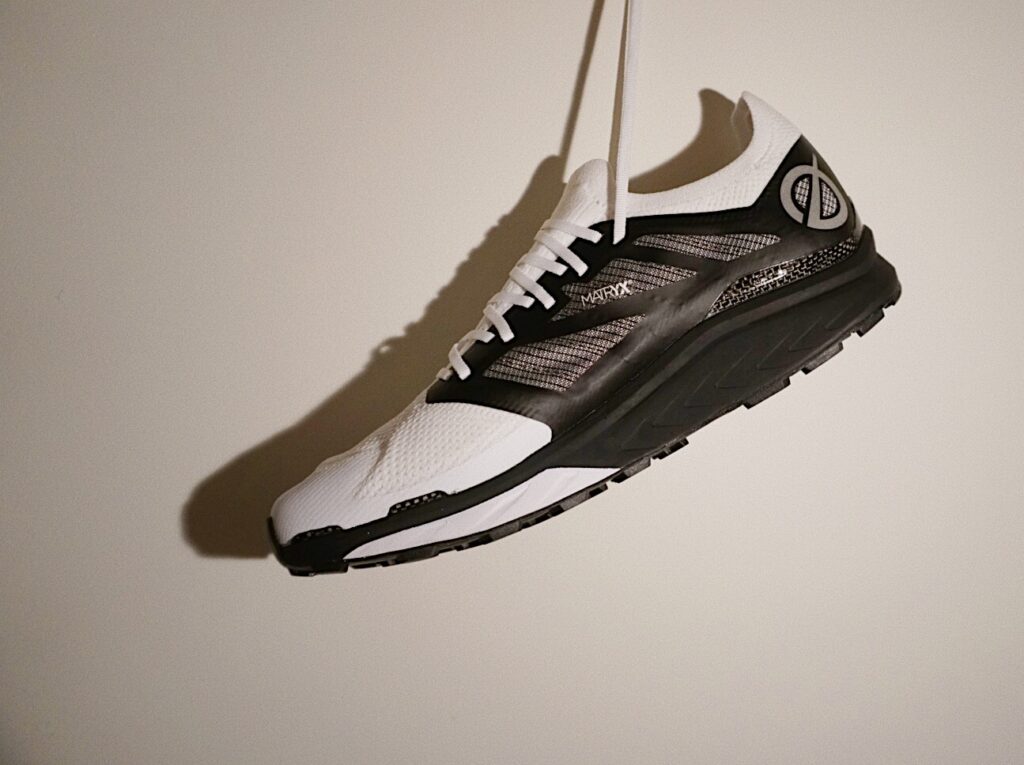
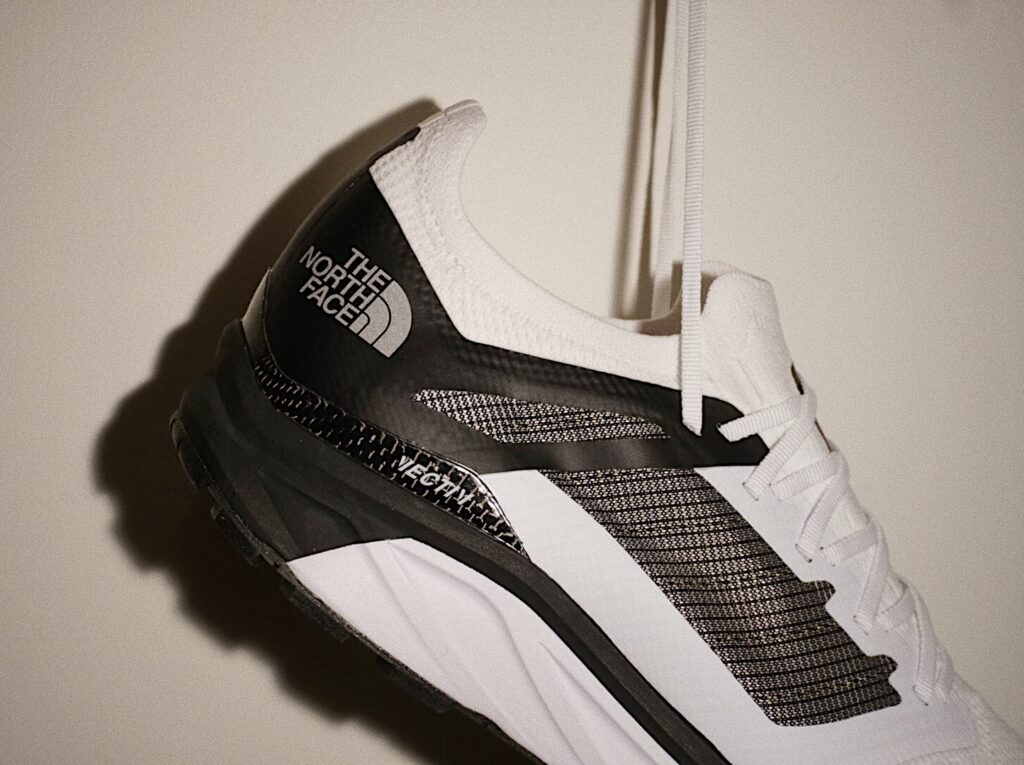
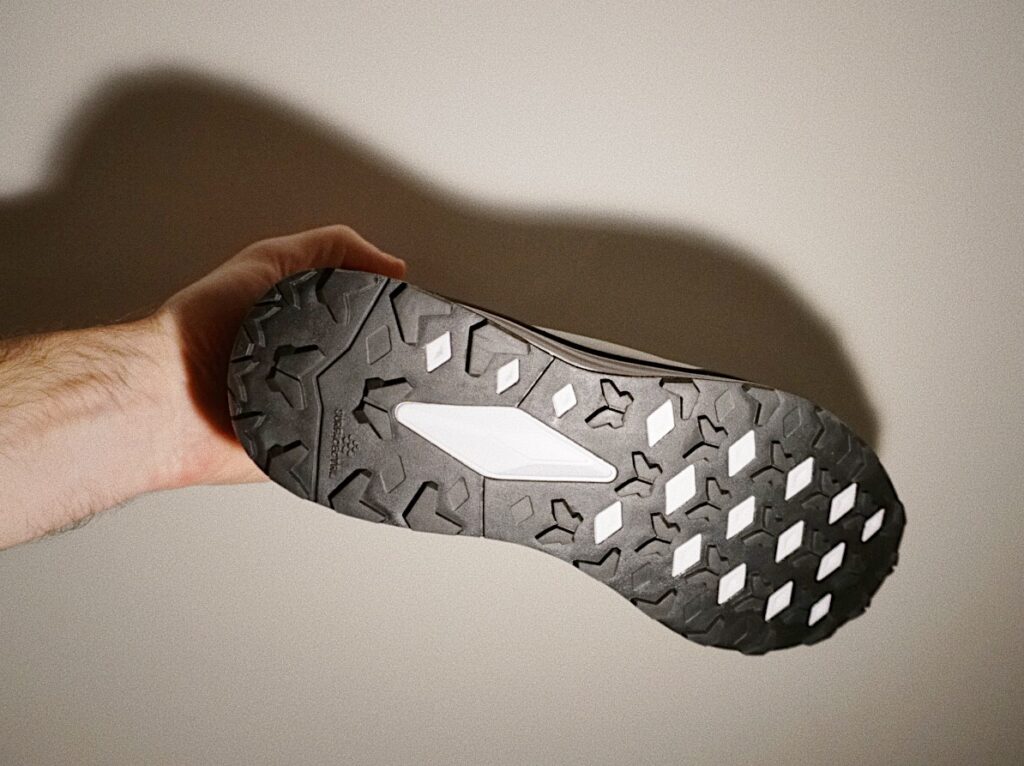
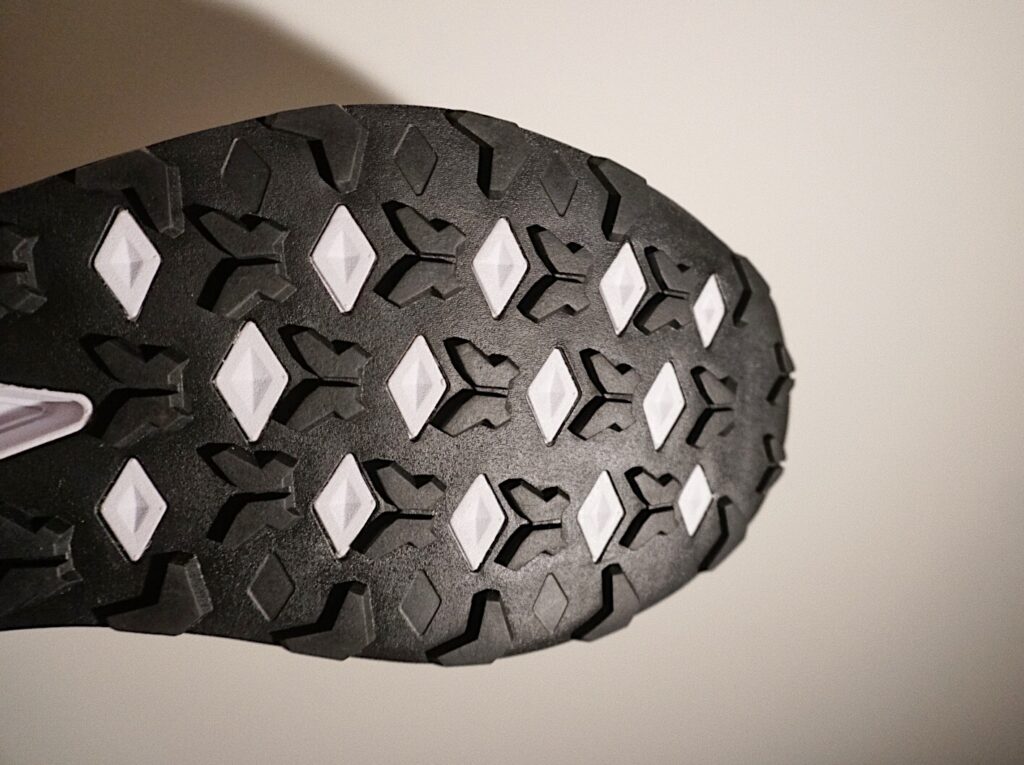
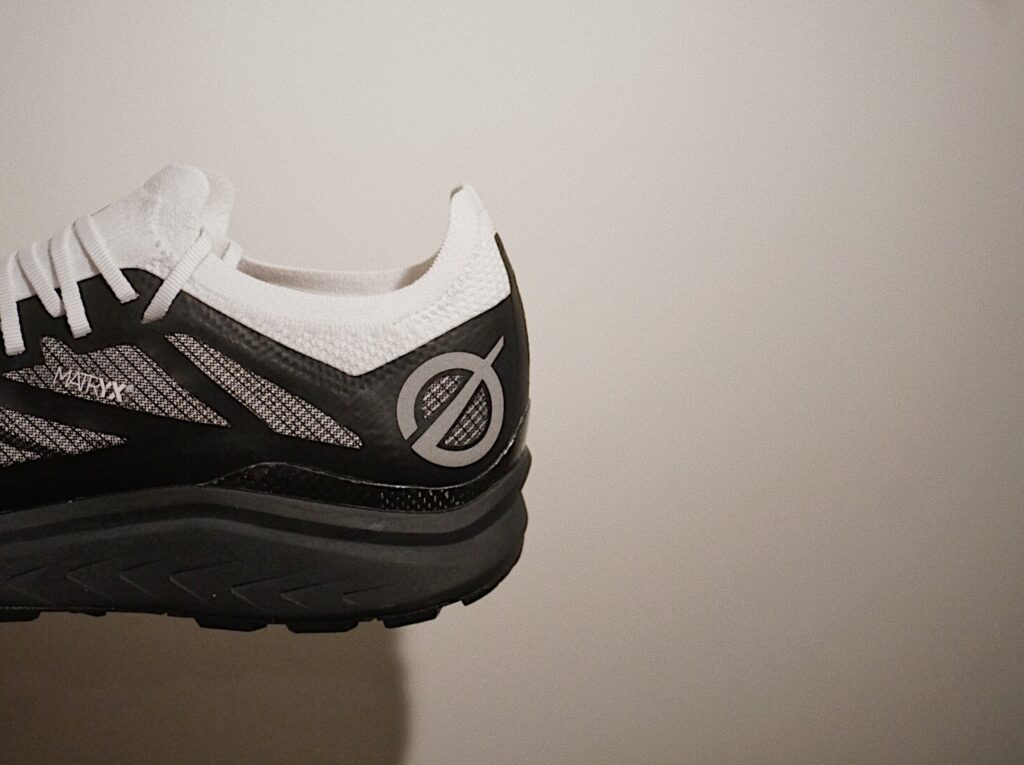
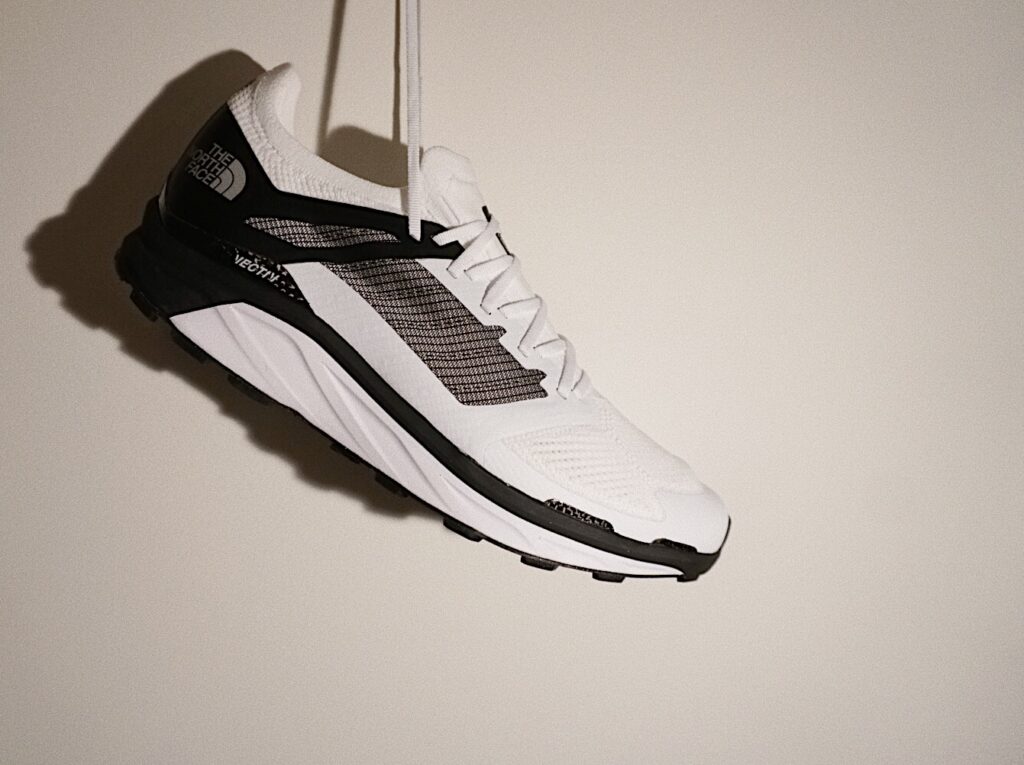
Tune of the day: Pete Rock & C.L. Smooth – It’s Not a Game (Instrumental Version)
Read of the day: Cathal Dennehy: Welcome to the age of the super shoes
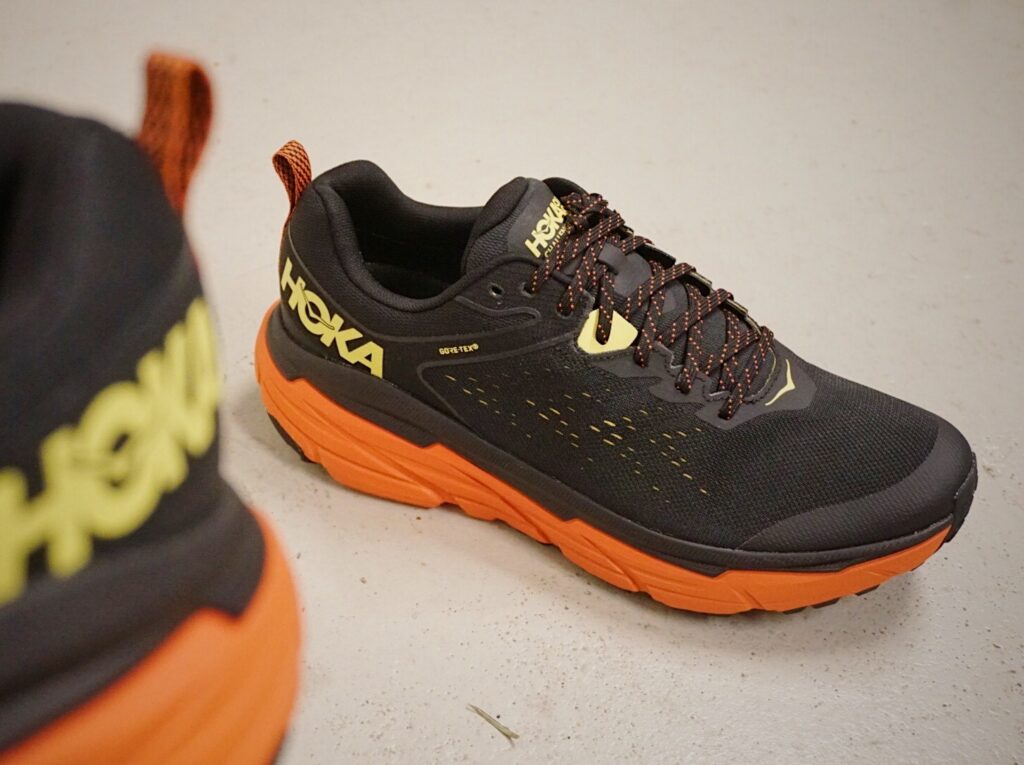
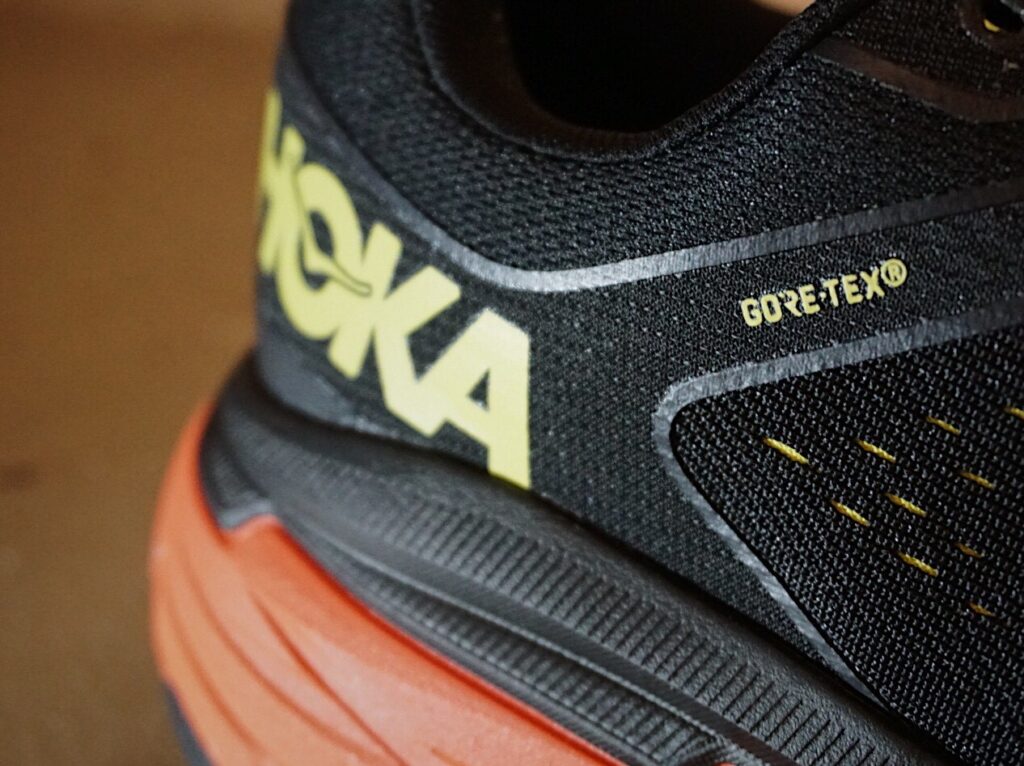
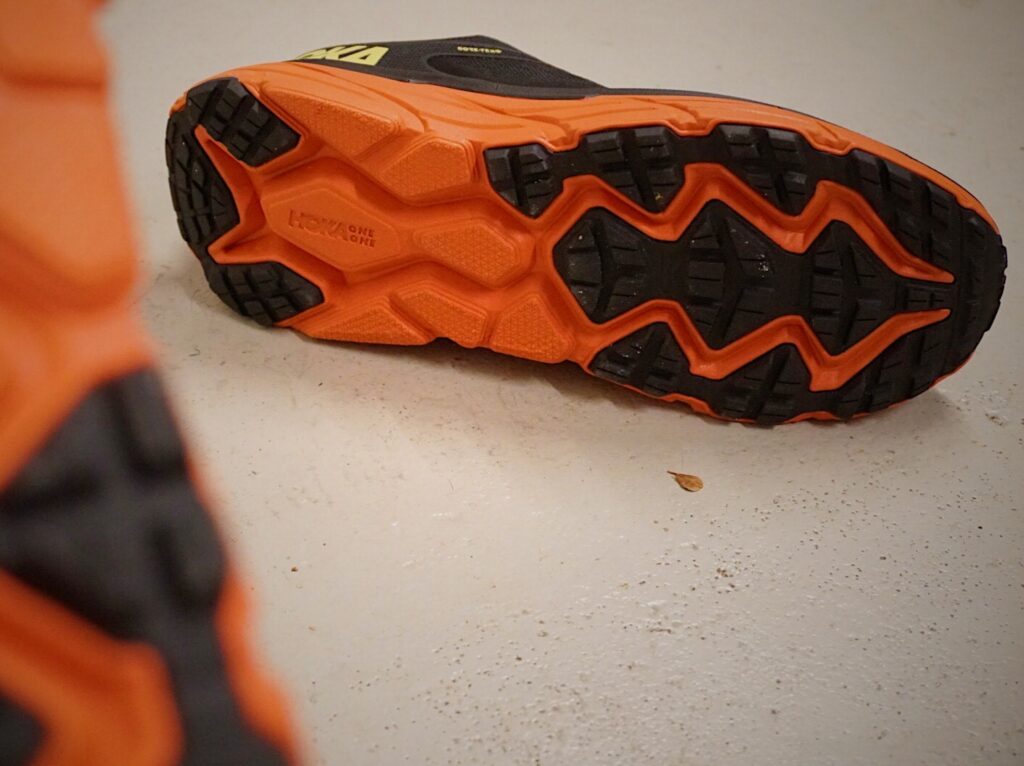
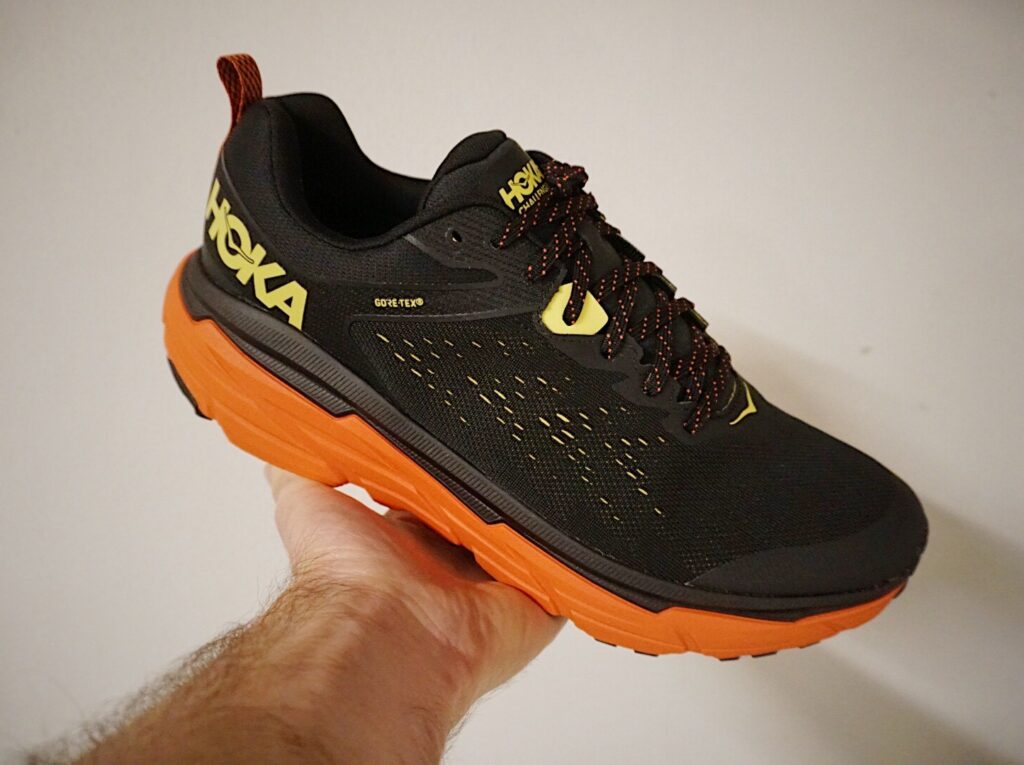
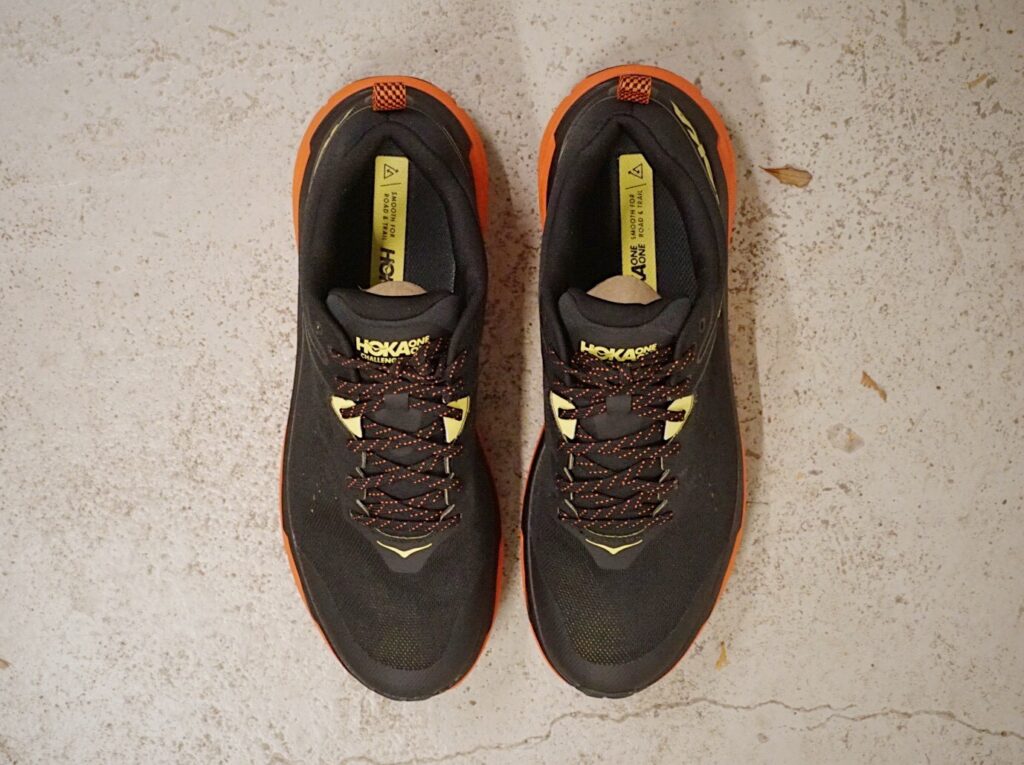
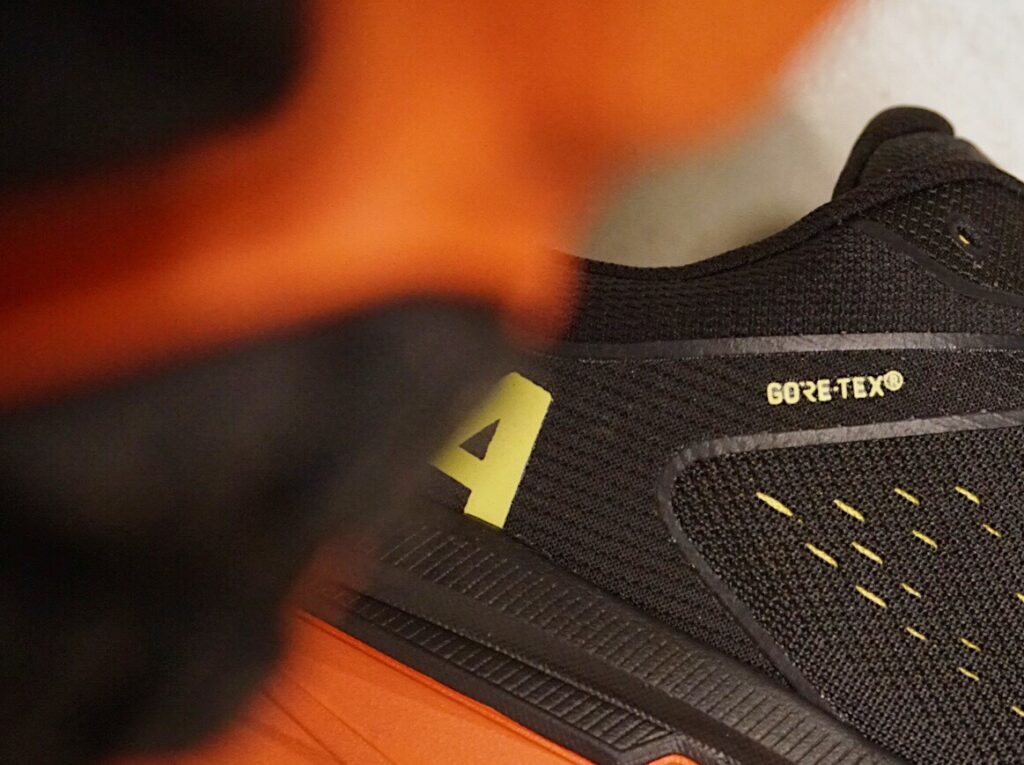
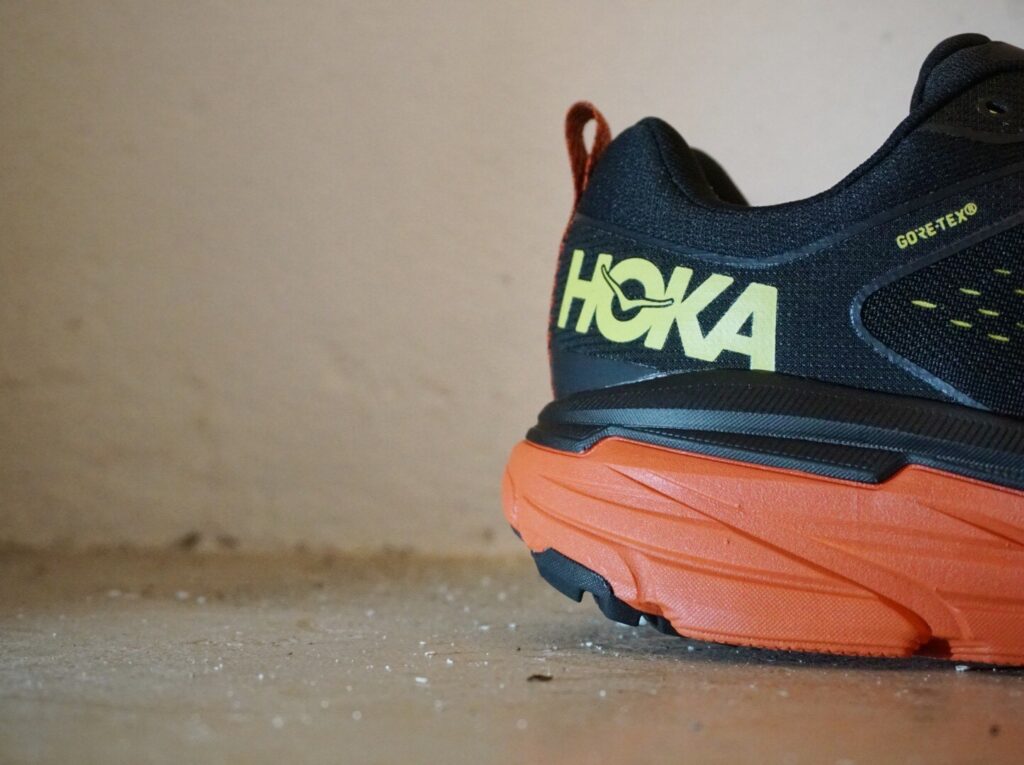
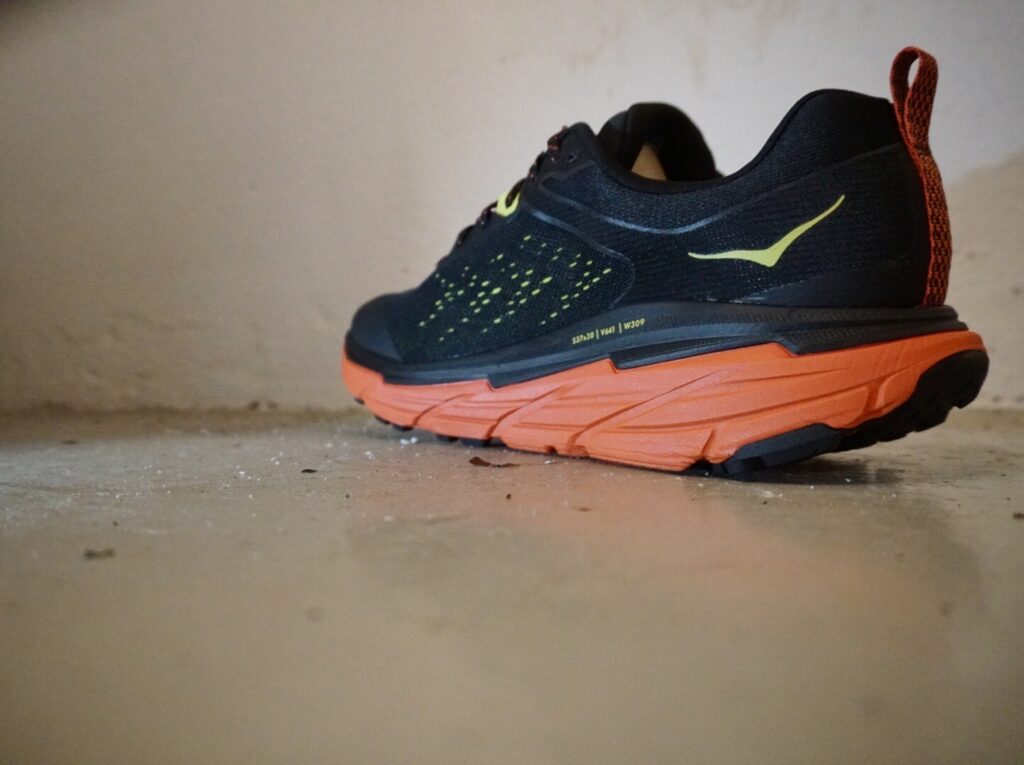
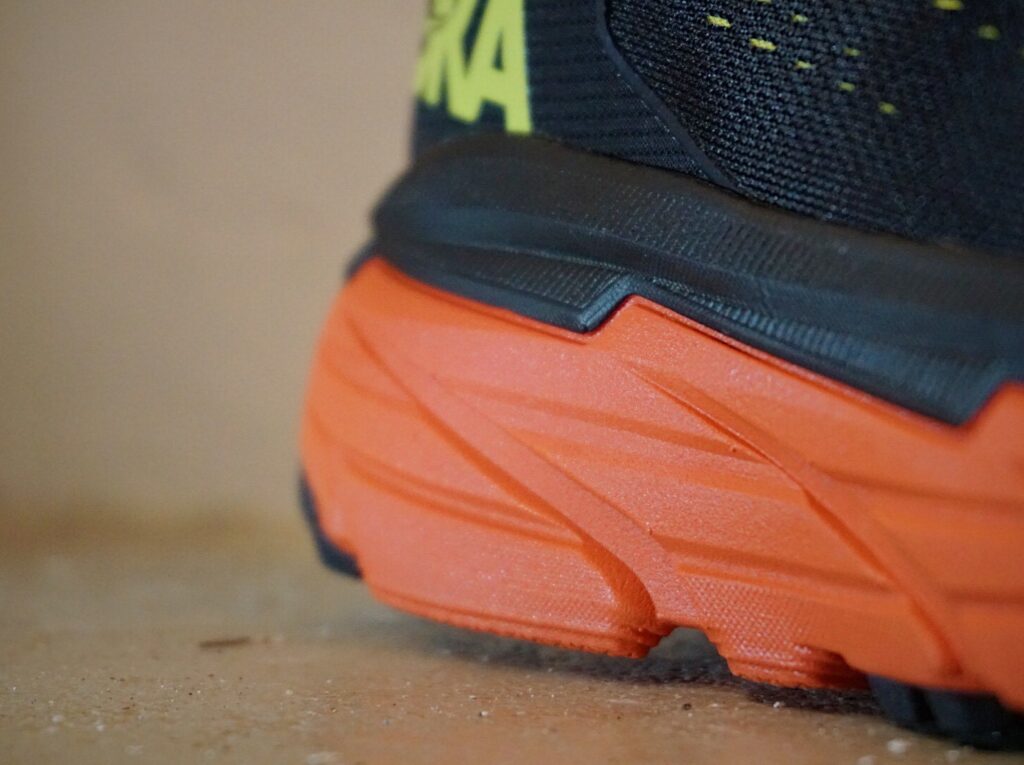
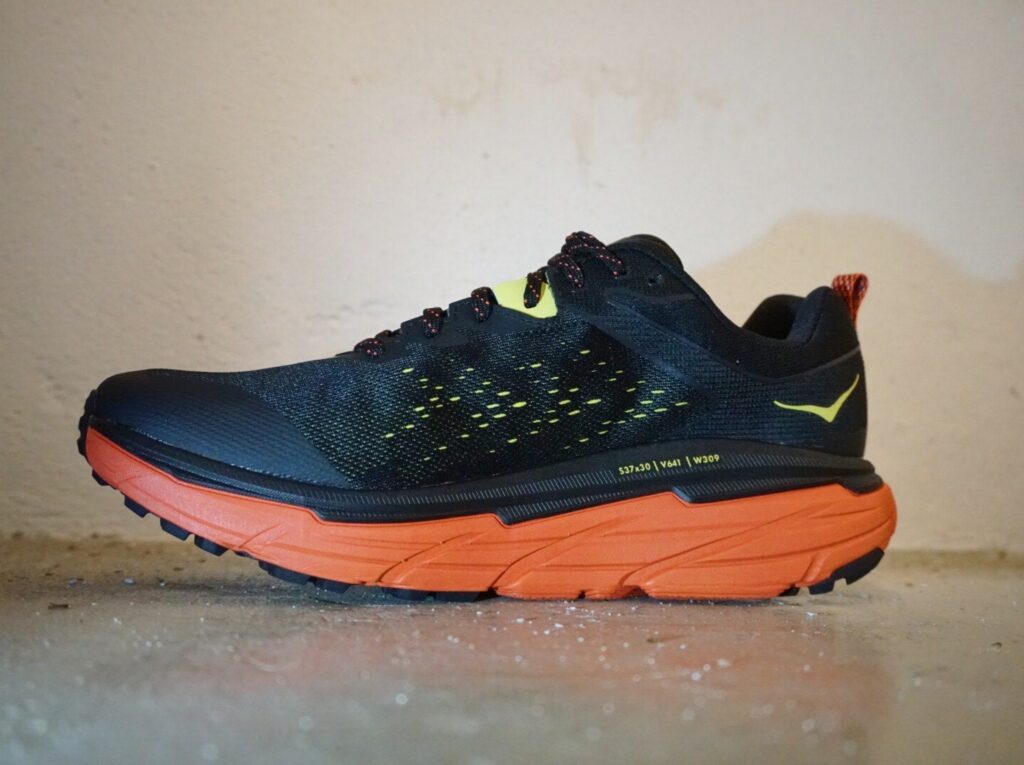
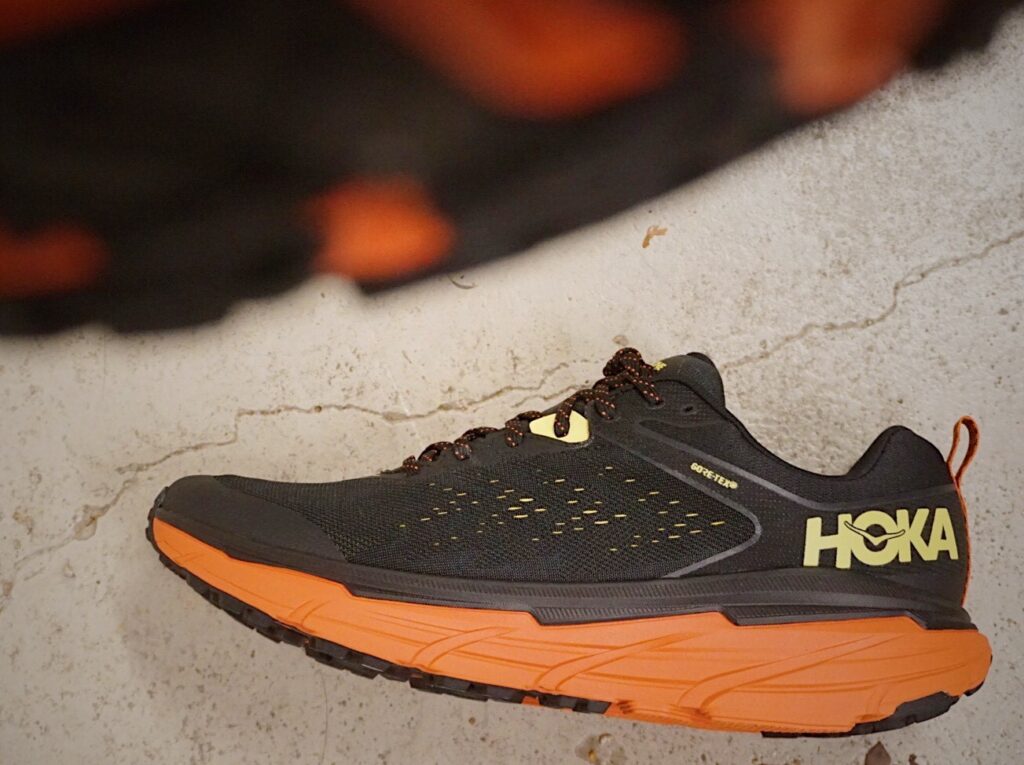
Tune of the day: DJ Stylewarz – 2360 feat Toni L + Esa X Four Tet – Parallel
YouTube of the day: Mount Fuji Women’s Ekiden 2020
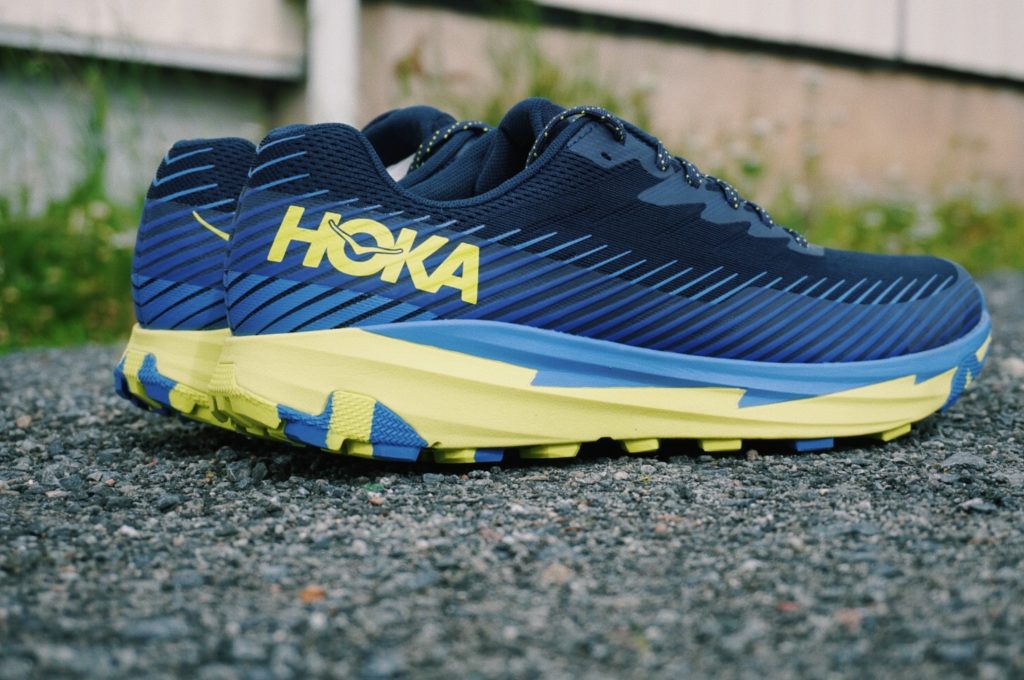
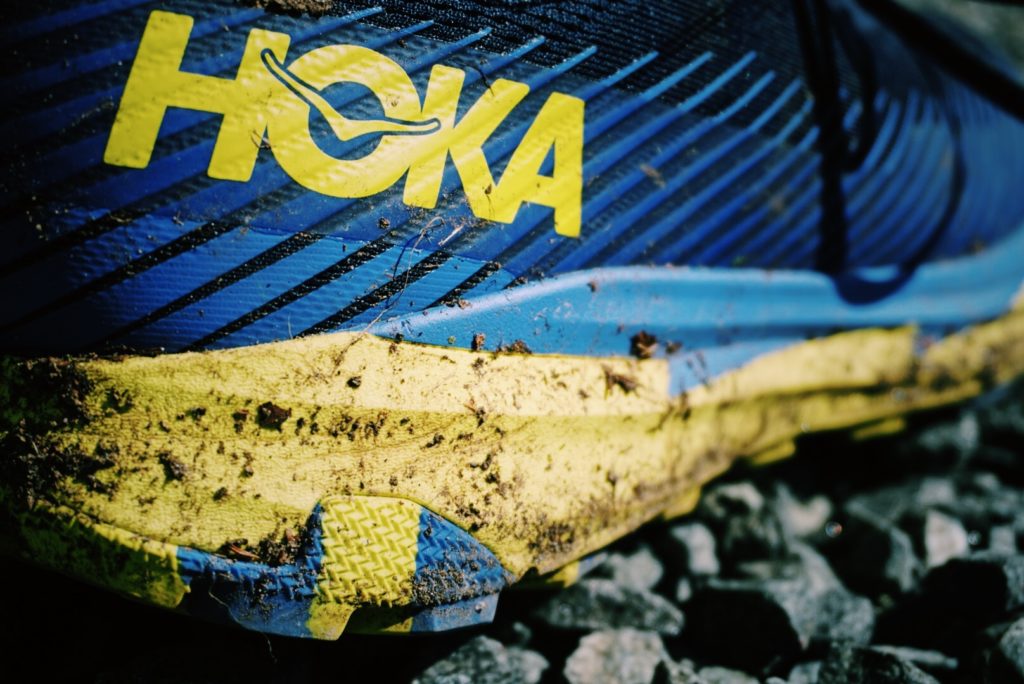
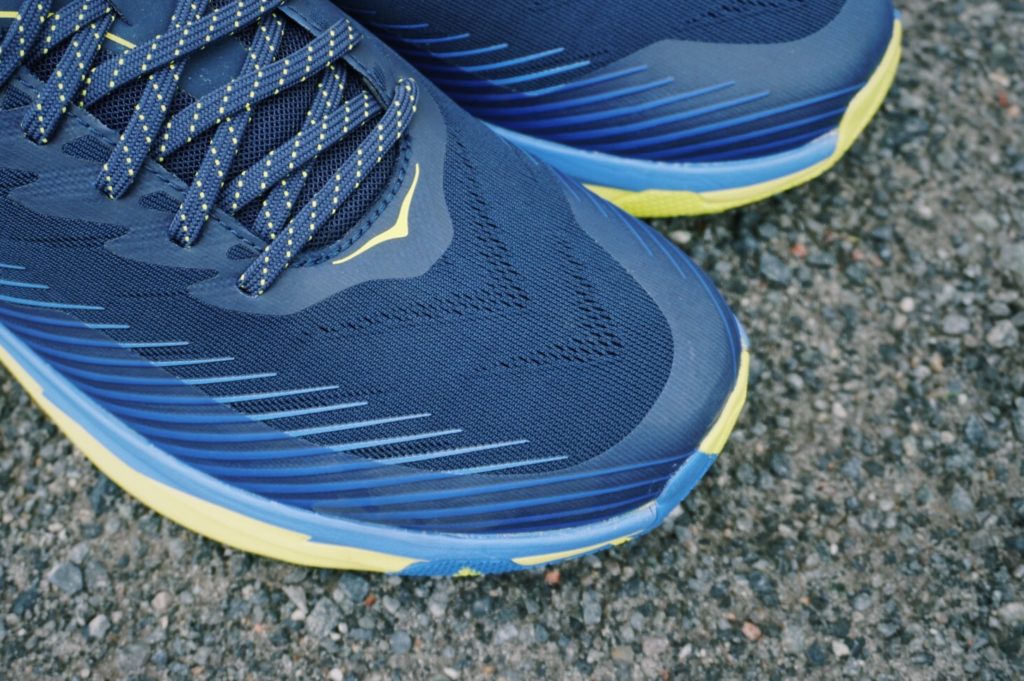
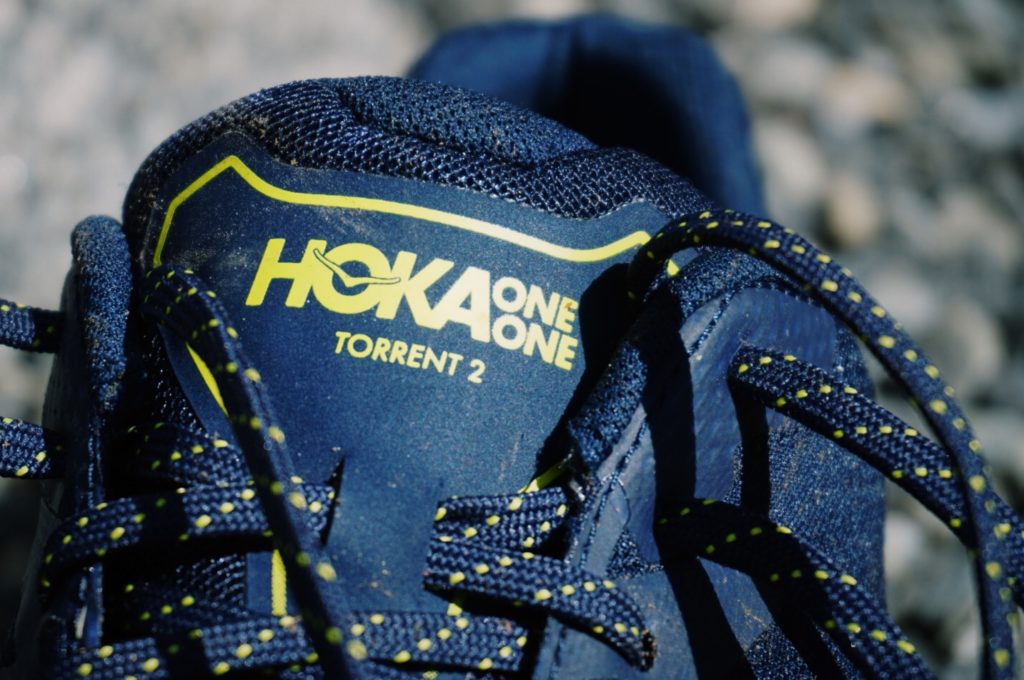
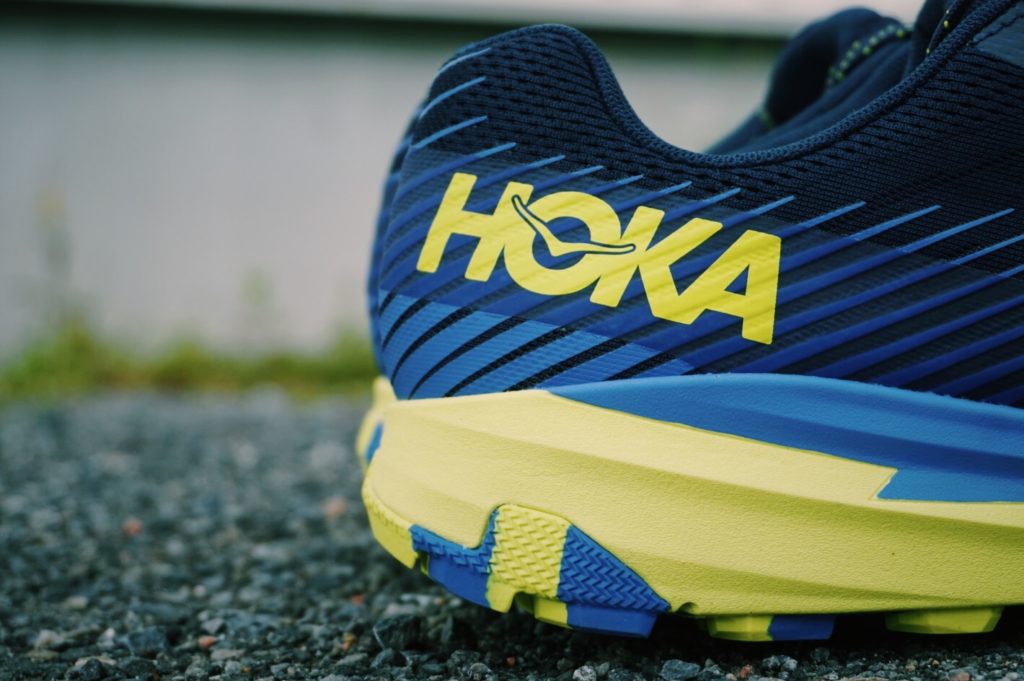
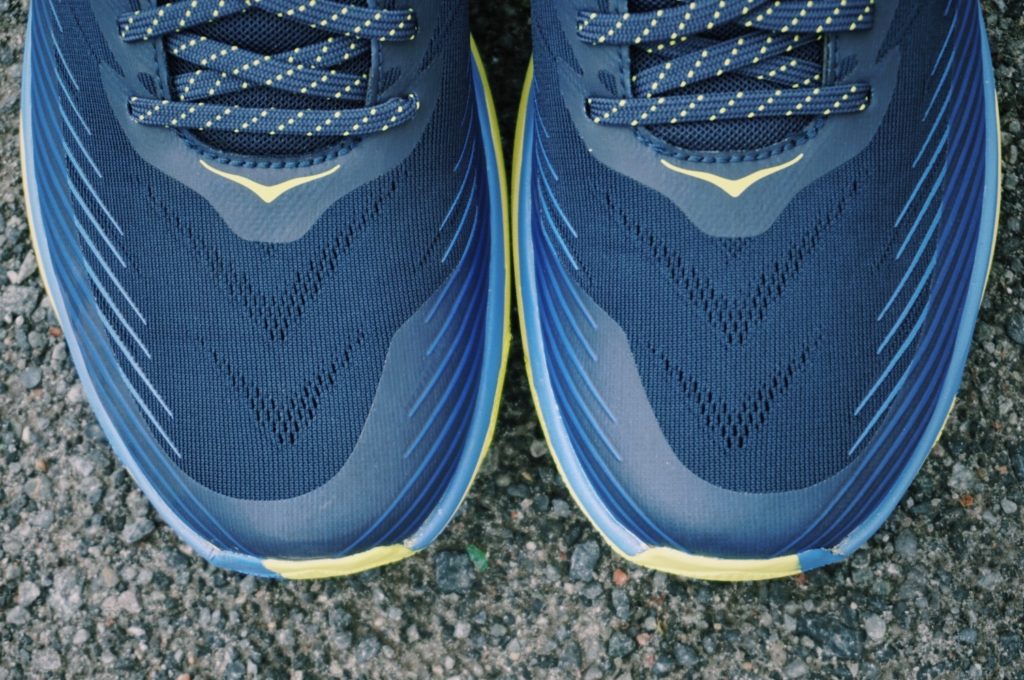
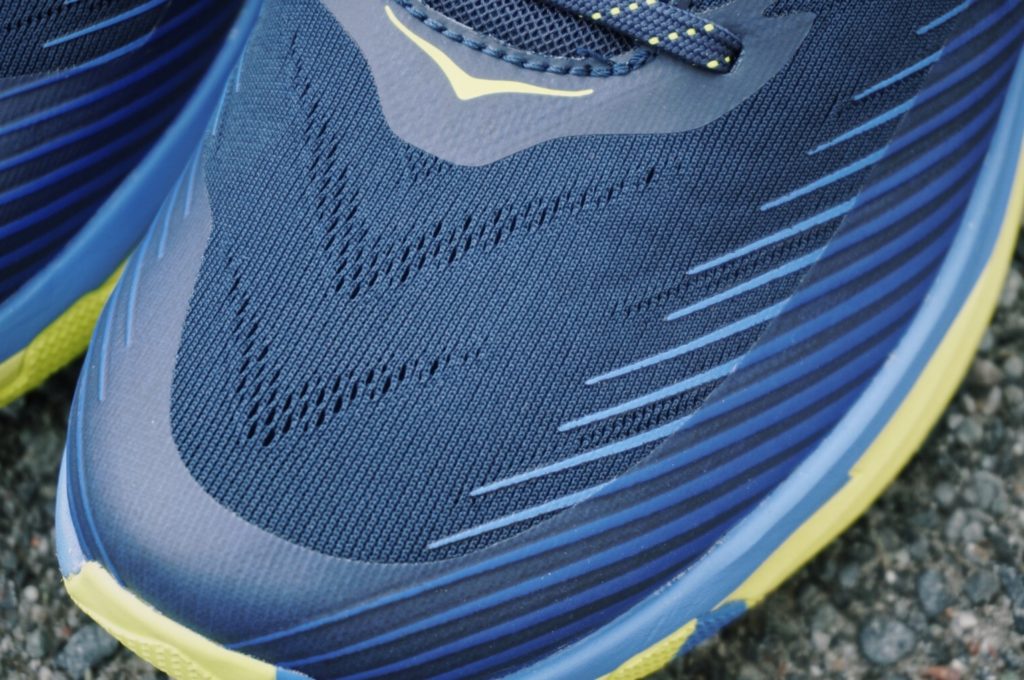
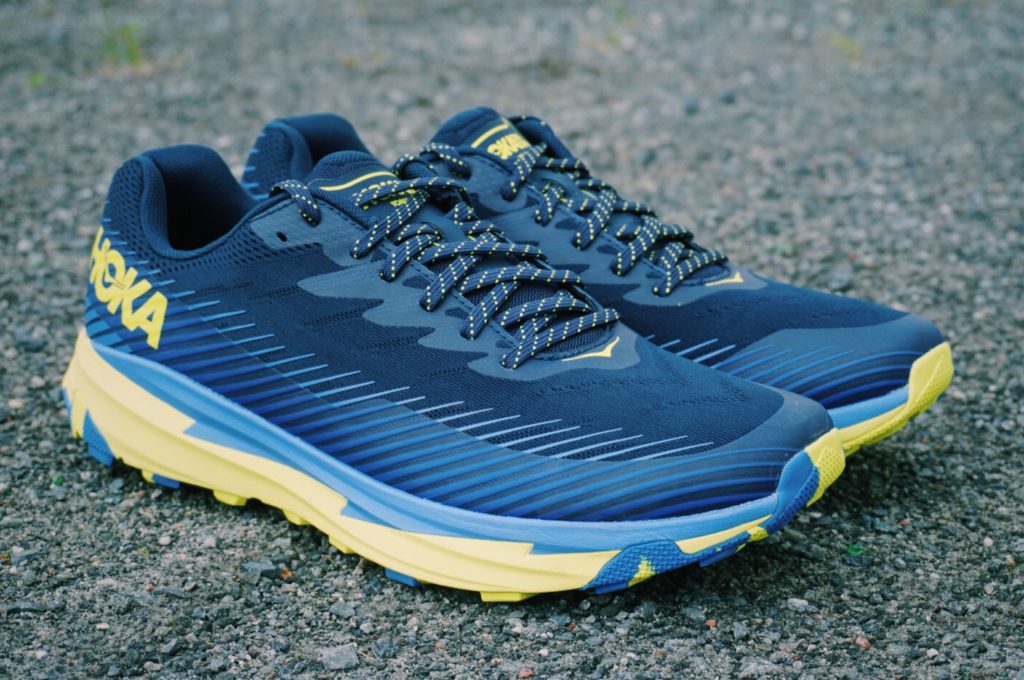
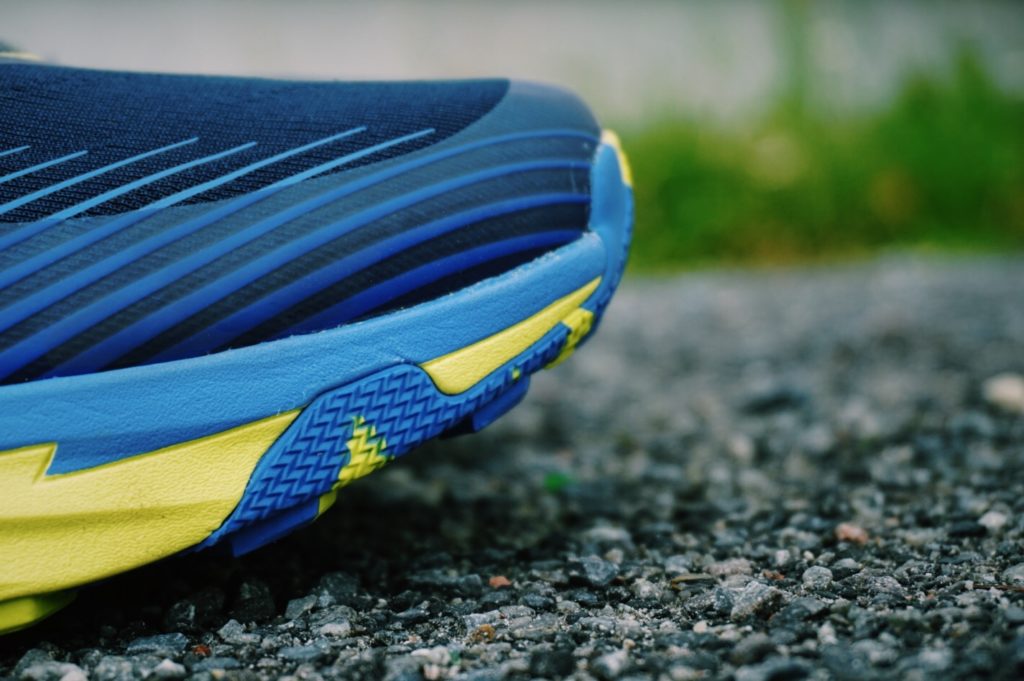
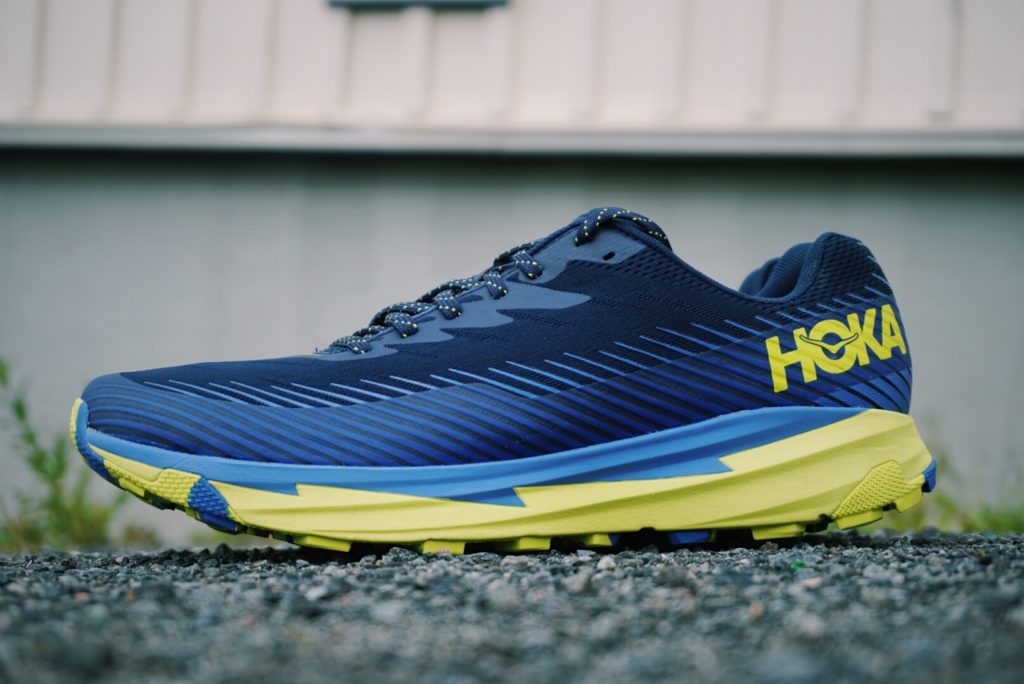
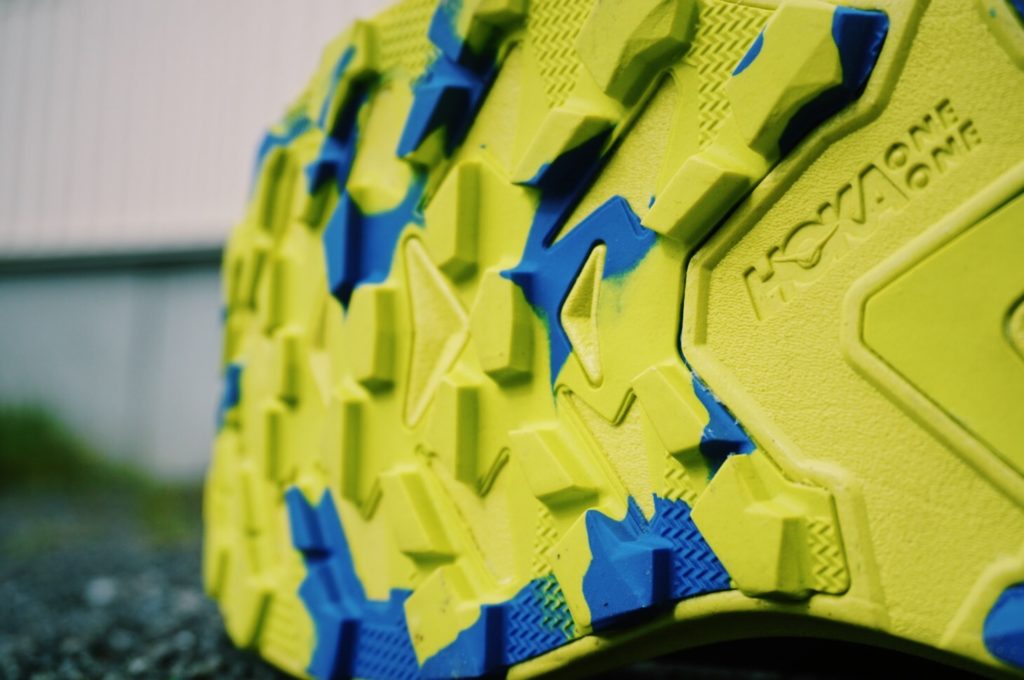

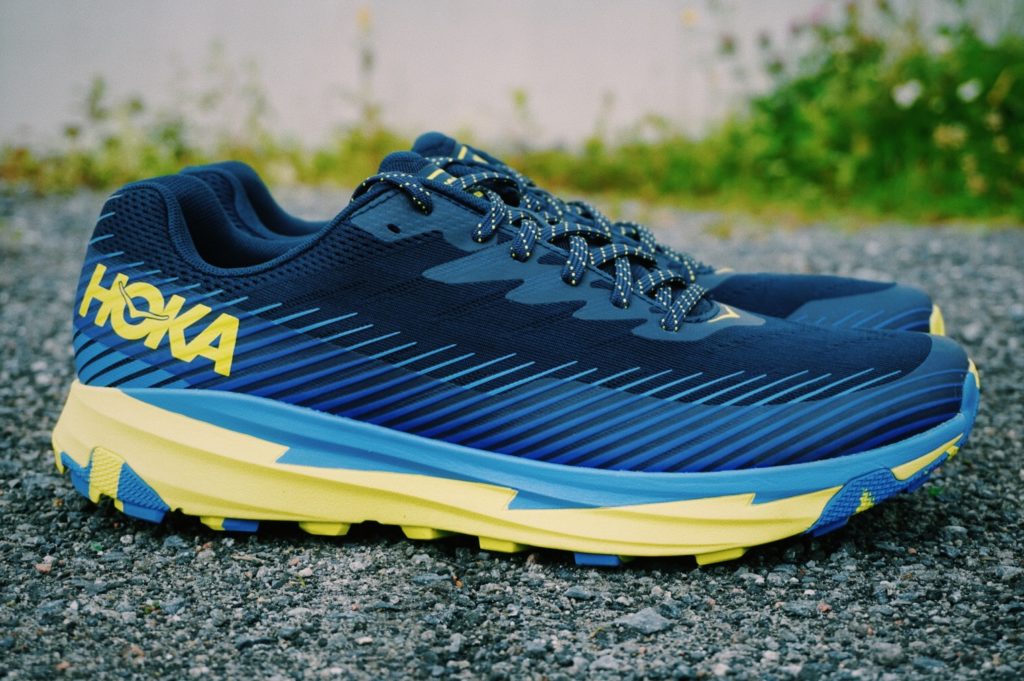
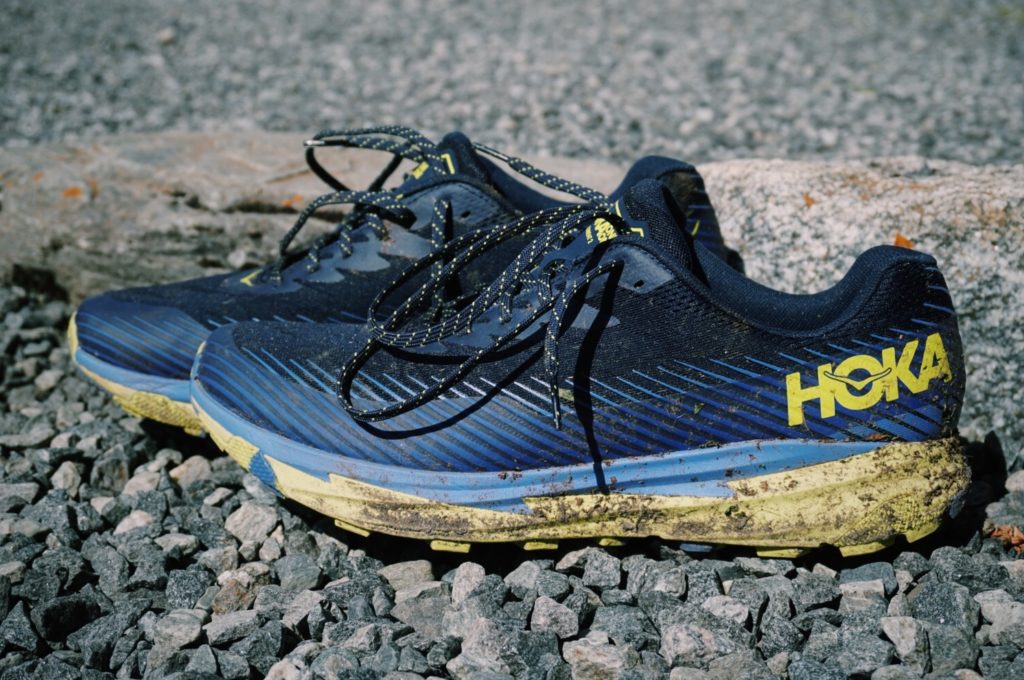
Tune of the day: Logic – Soul Food II X Kelly Lee Owens – Inner Song
It has been a while. And it did not take me long to rekindle my love for proper trail running.
A great day out on the Sörmlandsleden. A 1.000 kilometer hiking trail that hits the south of greater Stockholm. Saturday saw some remarkable Trail Jogging with the lads (Strava evidence)
We went all the way from Flemingsberg till Handen. Fellow jogger and talented videographer Otto Norin visually summed it up.
You gotta love some off-road jogging.
Tune of the day: The Deli – Sunflowers
© 2024 RUNssel. Alle Rechte vorbehalten.
Thema von Anders Norén.
This site uses cookies. By continuing to browse the site, you are agreeing to our use of cookies. Find out more.
The Runssel Website (www.runssel.com) places cookies, which are small data files, on your computer or handheld device. This is standard practice for all websites. Cookies are essential for helping me deliver a high quality website and to collect information about browsing behaviour. By using and browsing the Runssel website, you consent to cookies being used in accordance with my policy. If you do not consent, you must disable cookies or refrain from using the site.